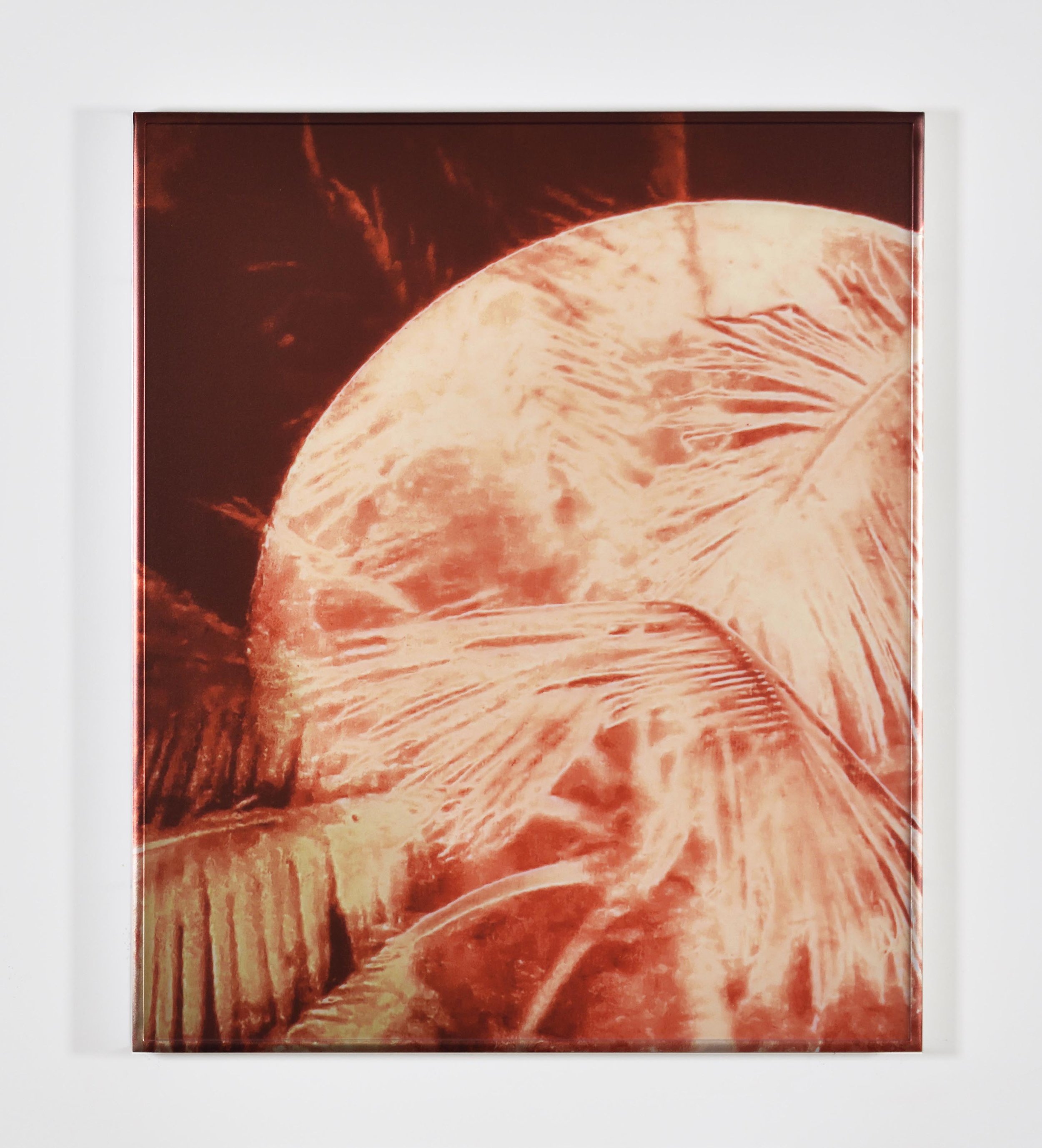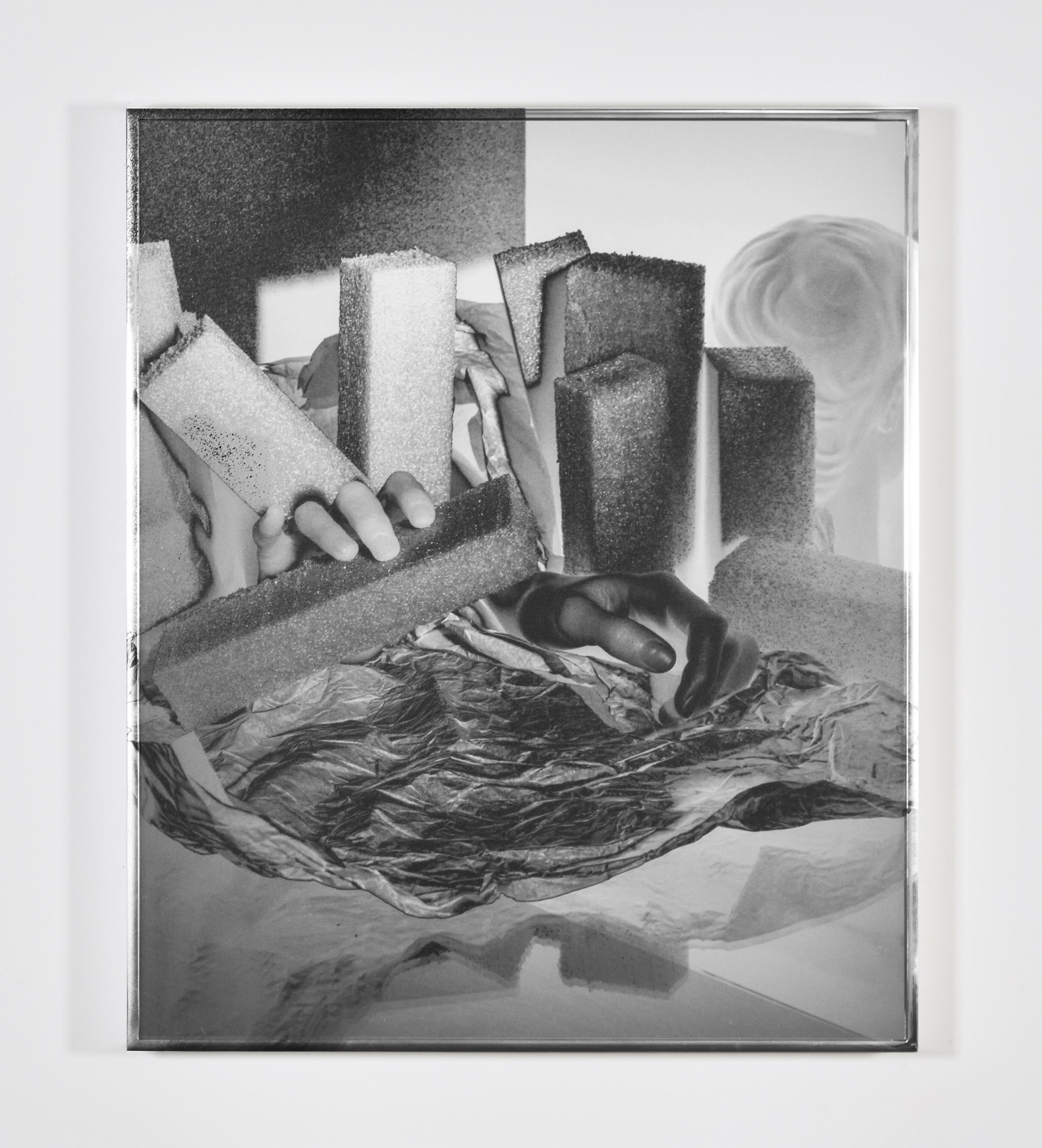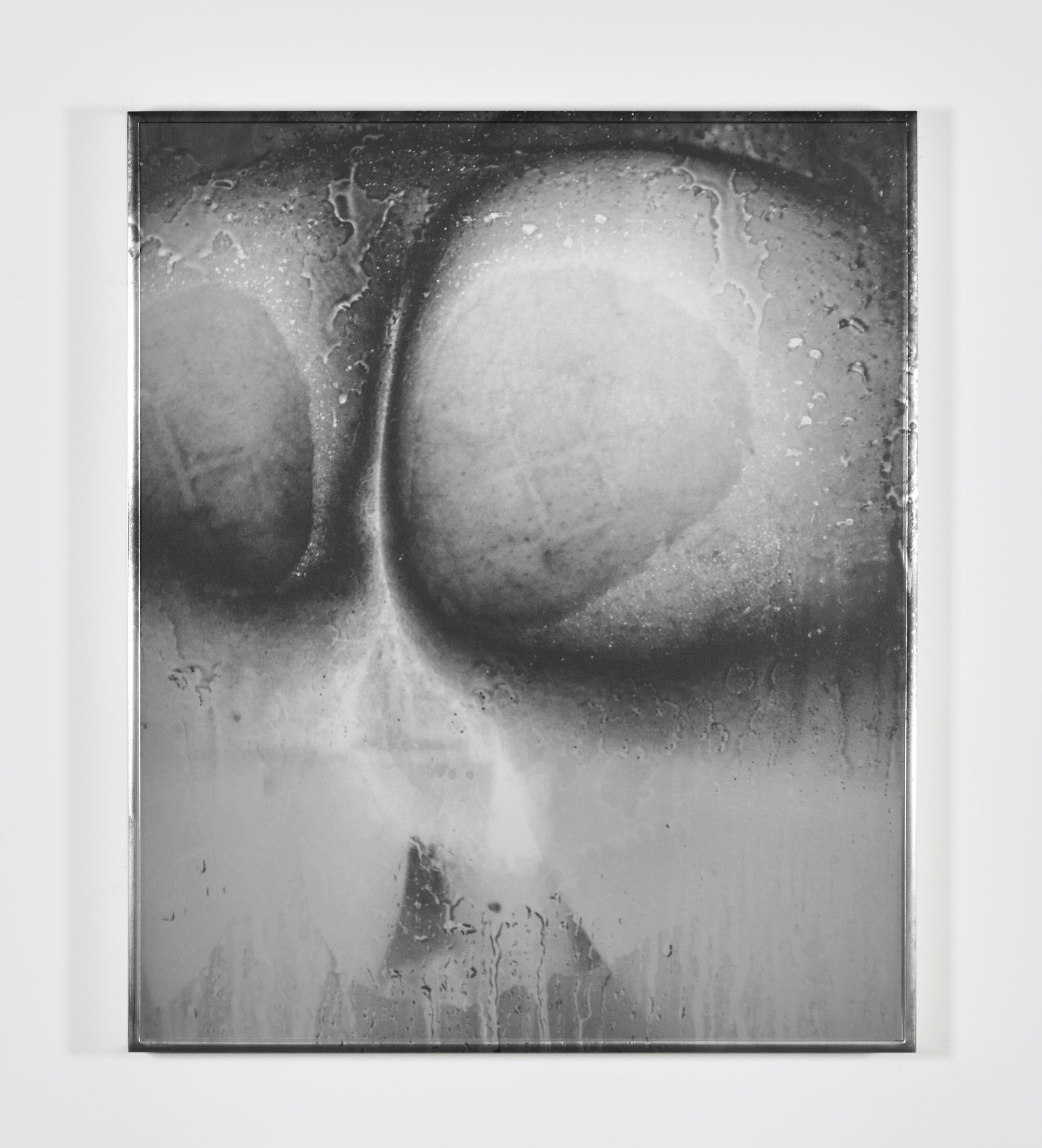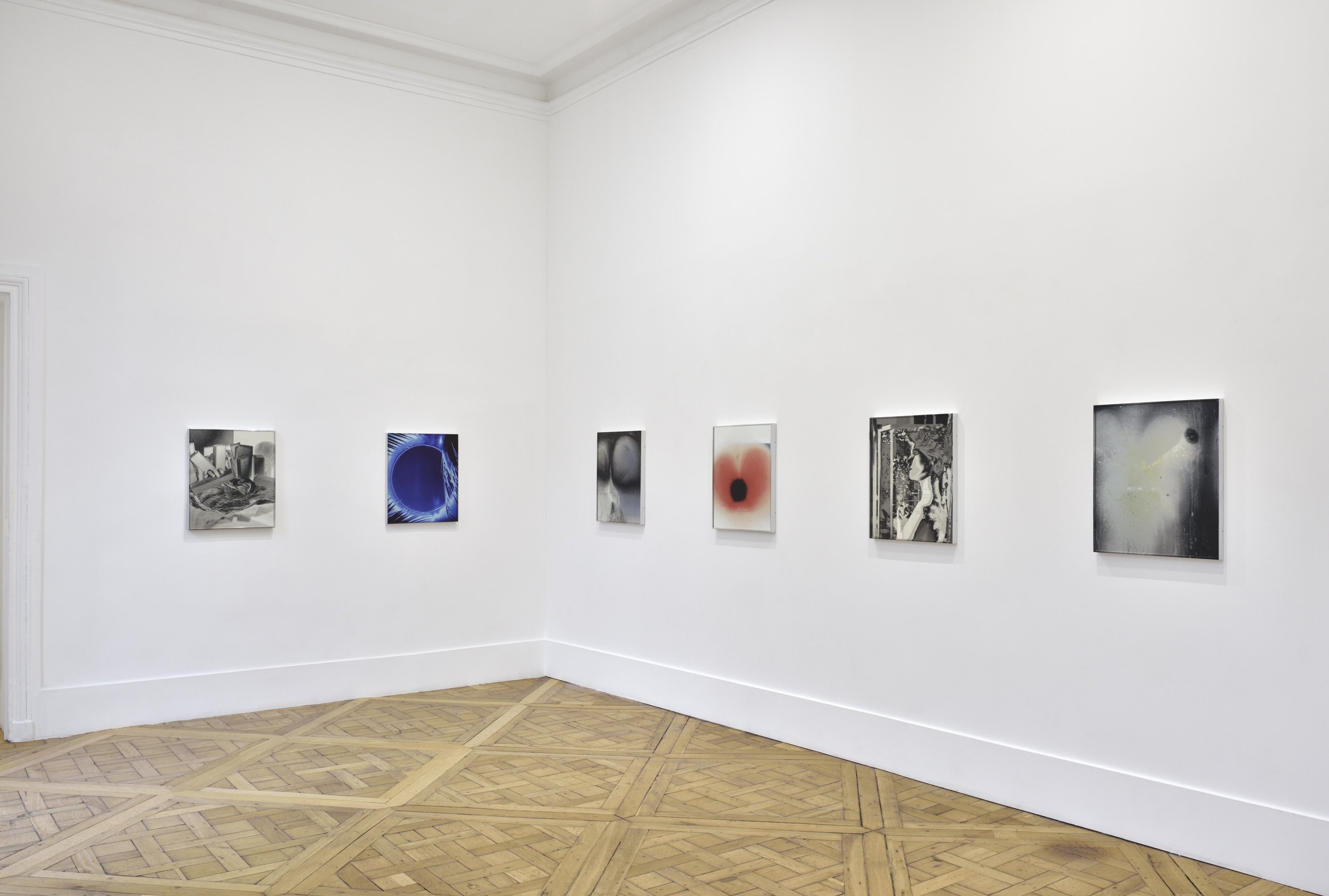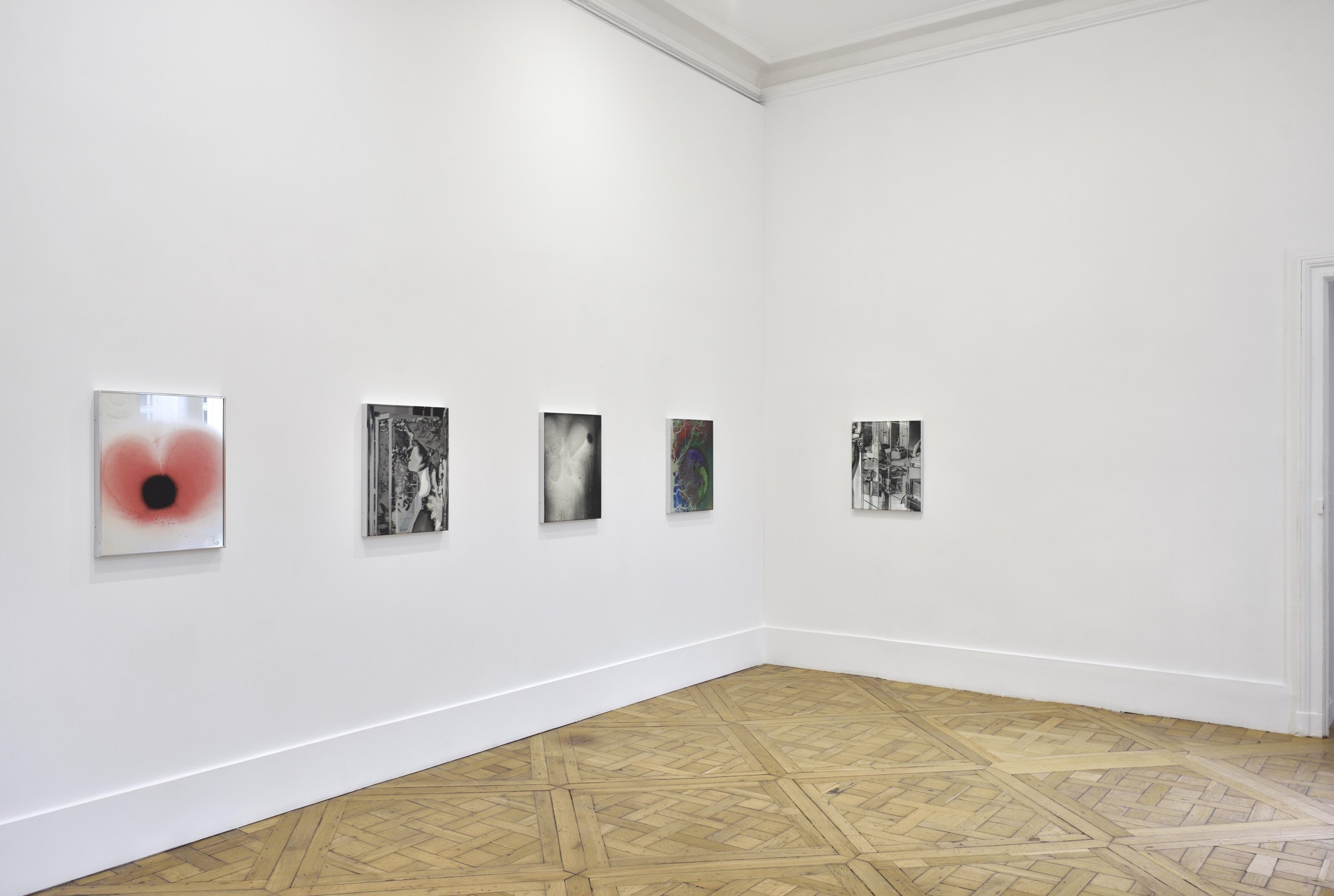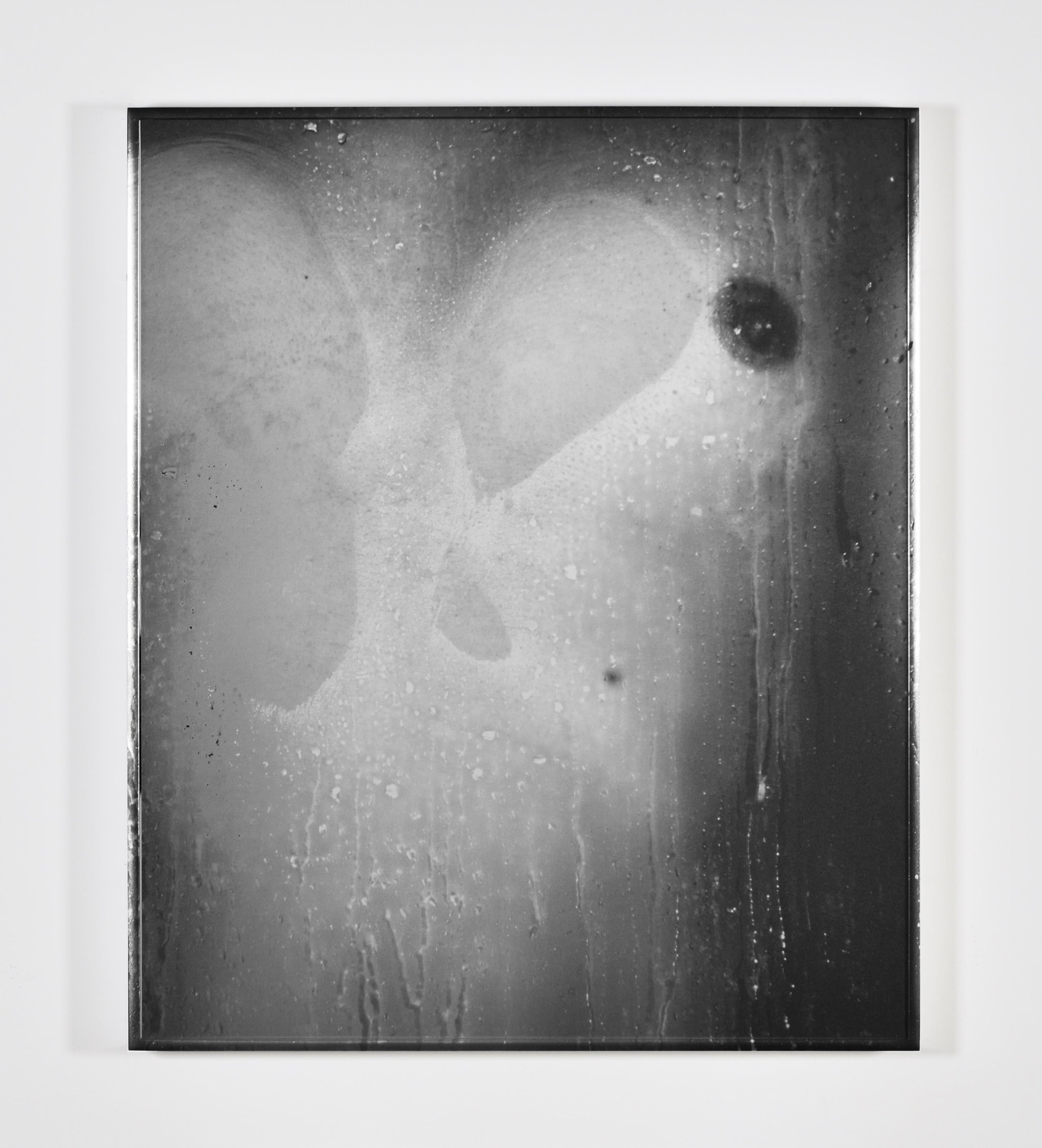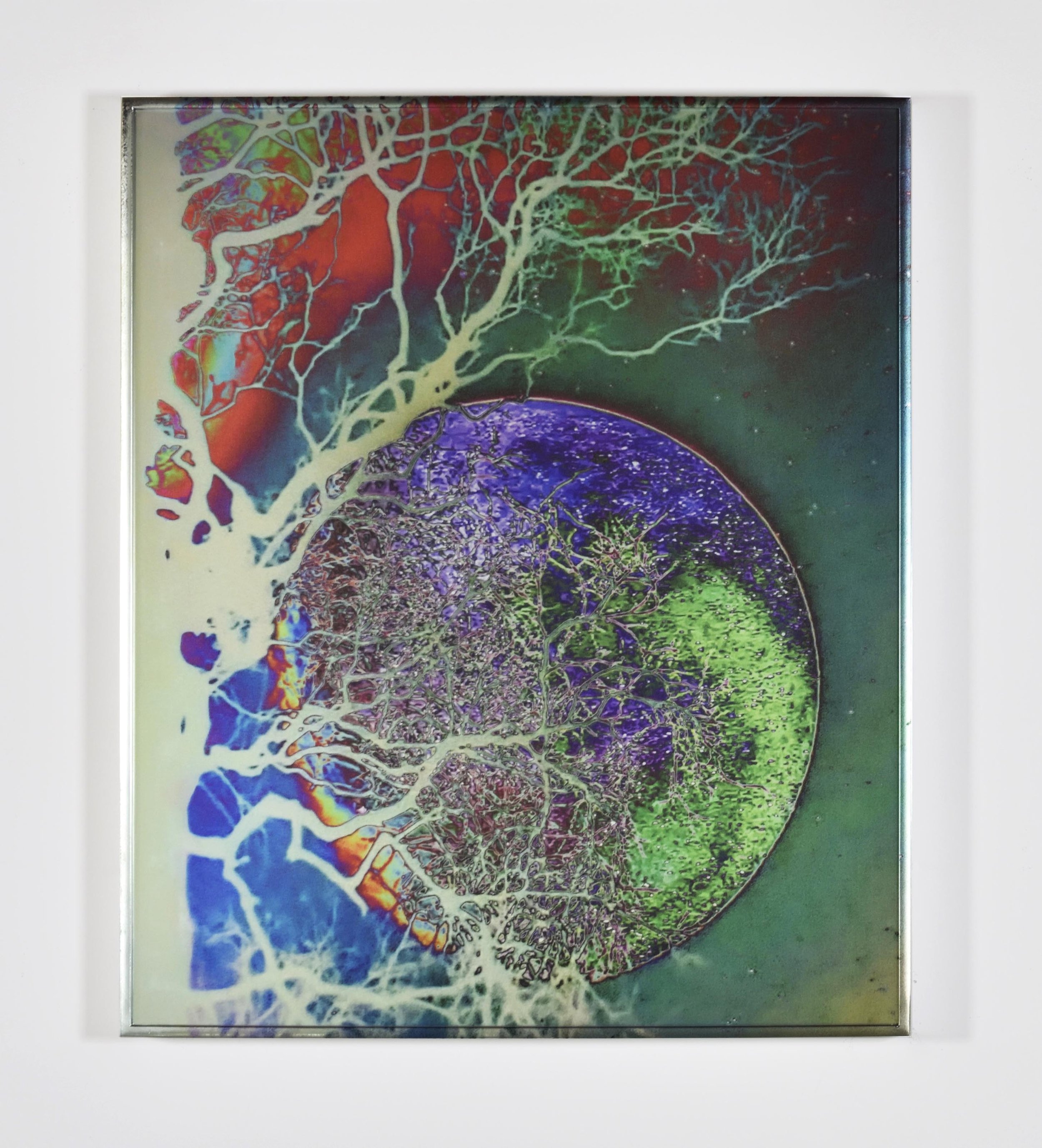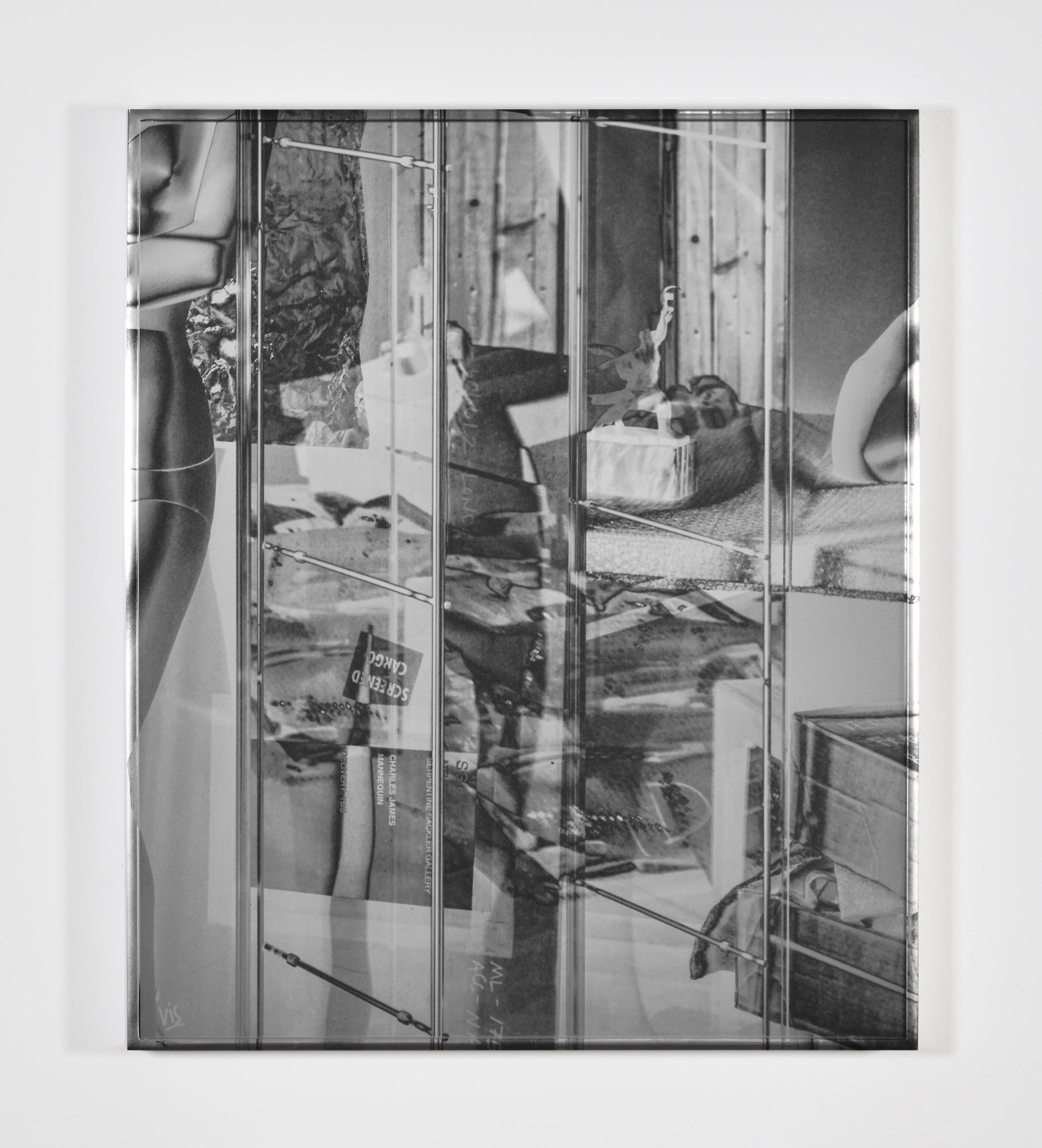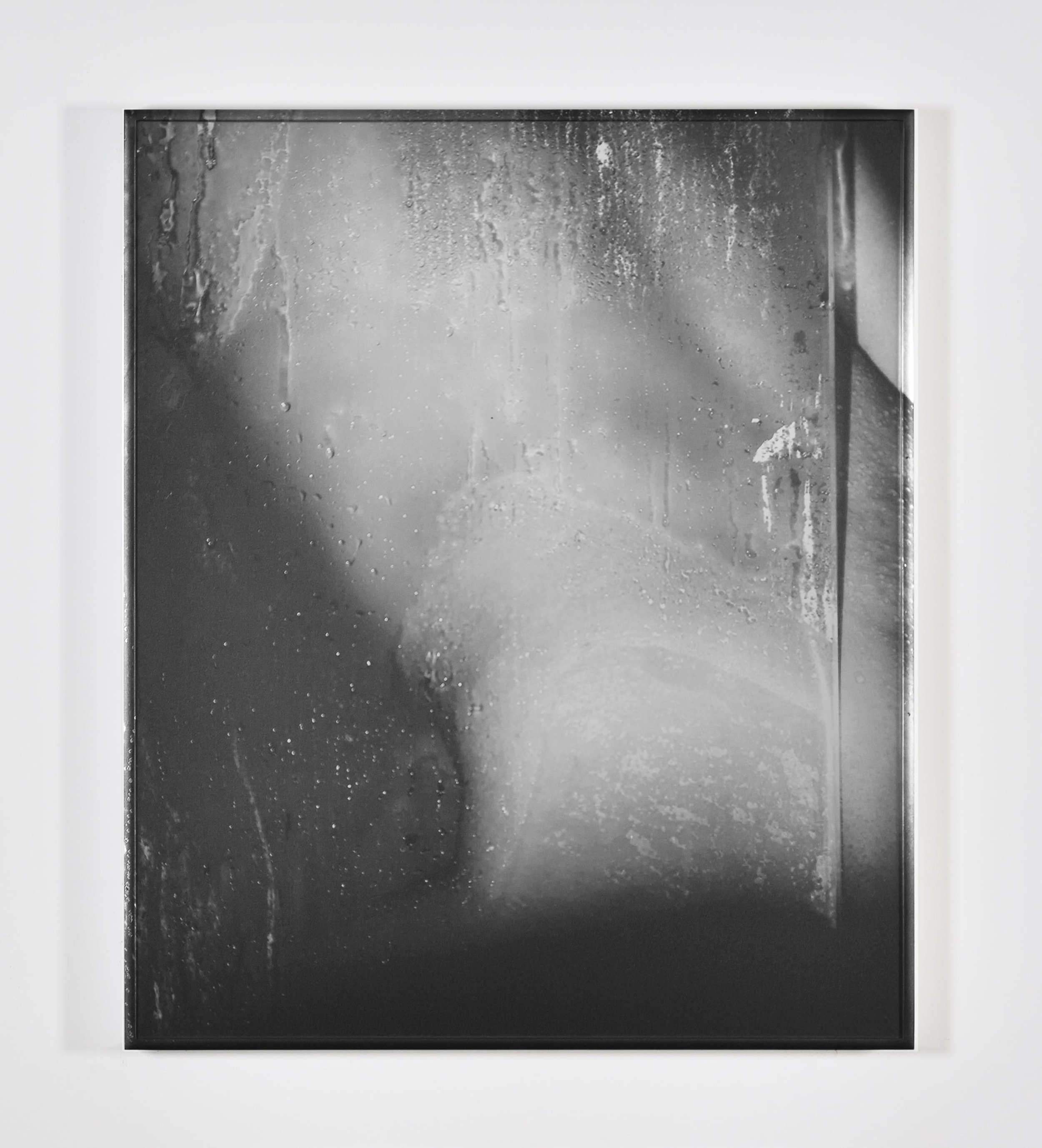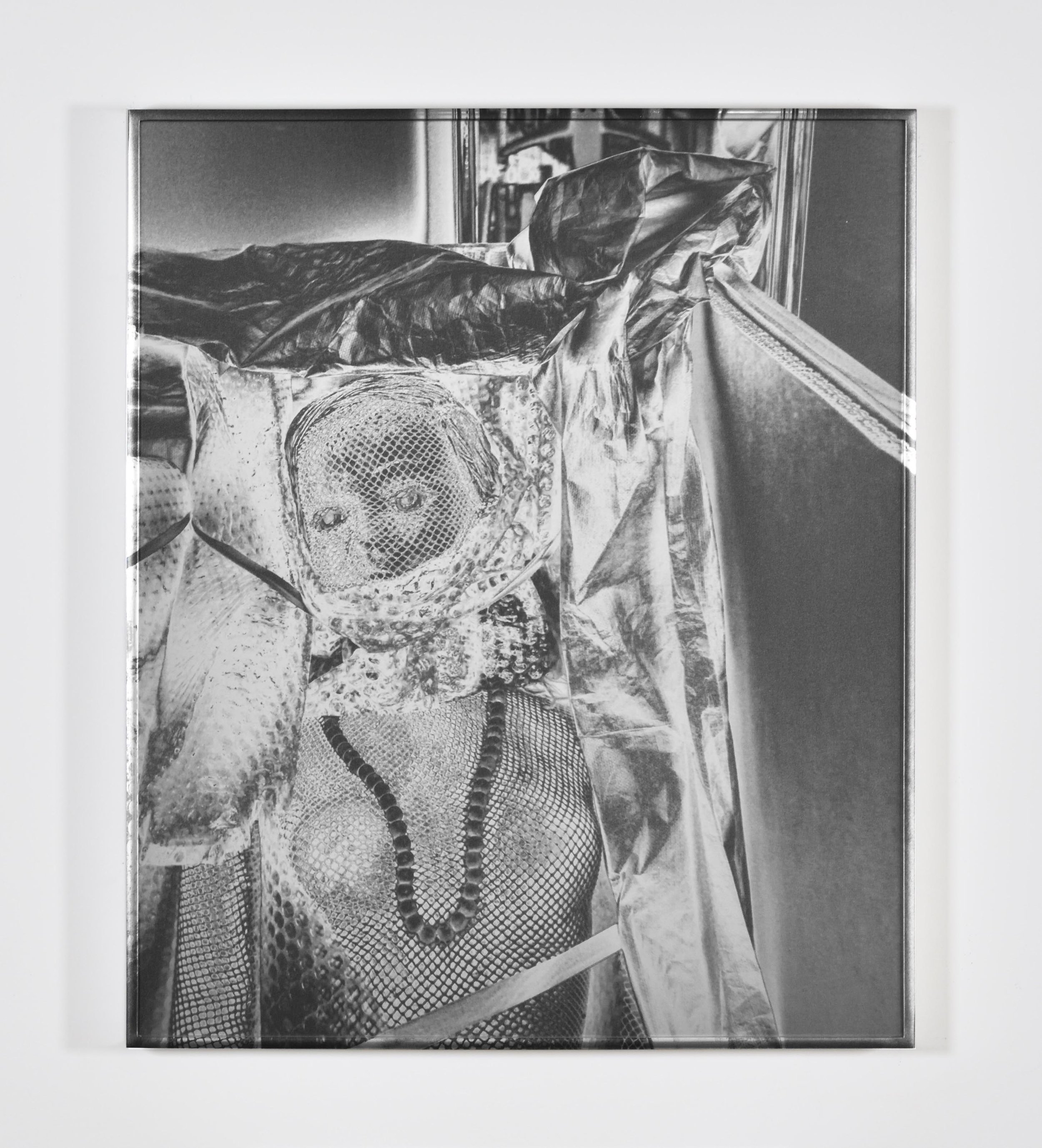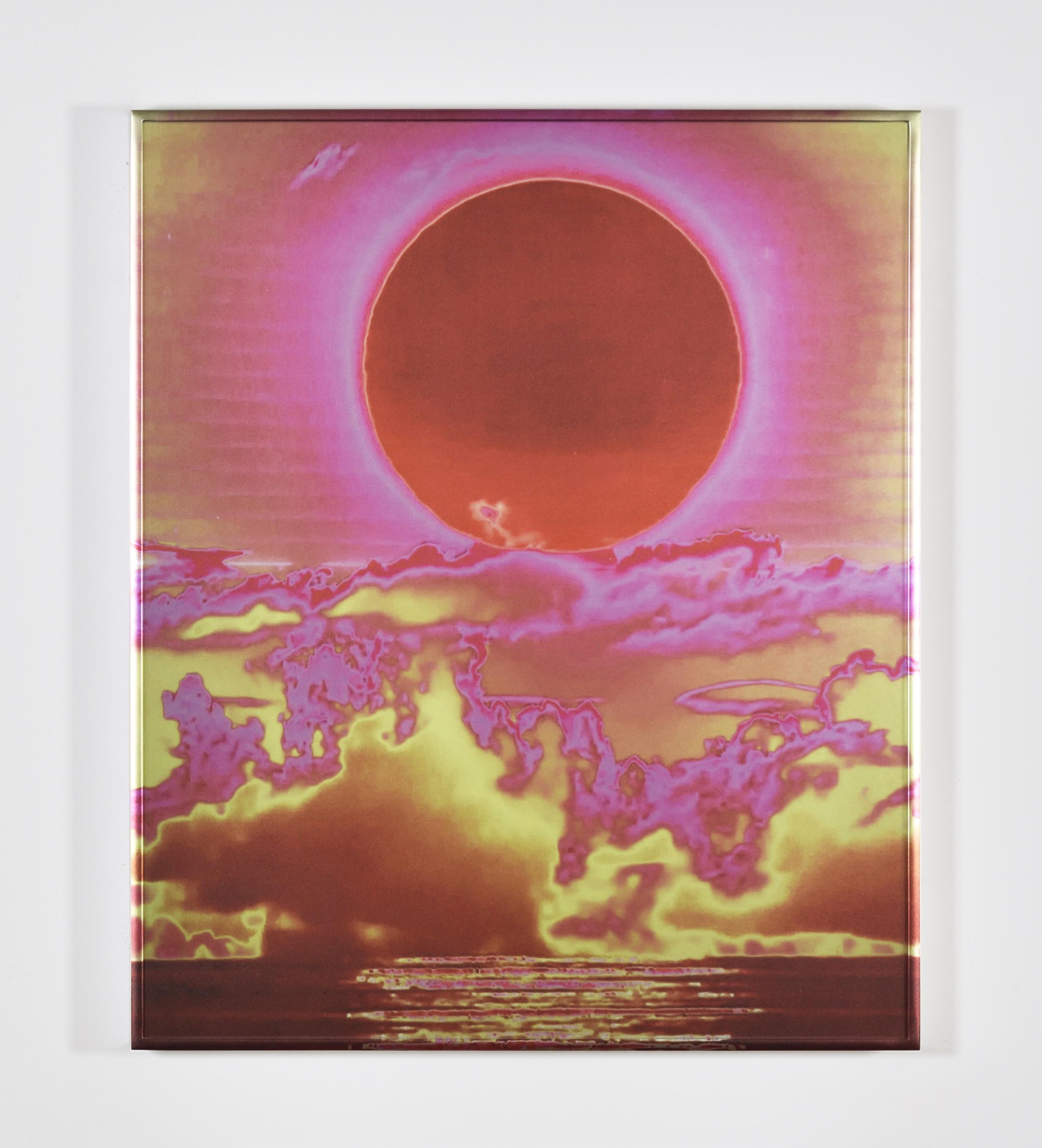Doll Parts
Emanuela Campoli Gallery: 4 & 6 rue de Braque 75003 Paris
December 2, 2023 – January 13, 2024
Link: Emanuela Campoli Gallery
Emanuela Campoli is pleased to announce “Doll Parts”, Eileen Quinlan’s eighth solo exhibition with the gallery. Shots of her compressed, abstracted body, fragmented mannequins, displayed chaotically, and unsettling acid landscapes reflect on the world we live in, as well as the contested nature of the photographic image which has lost all solidity.
Quinlan’s recent seascapes explore the cyclical fluctuations and unseen forces that act on us every day. The wind’s path, variations of sea level and surface temperature, and the gravitational pull of heavenly bodies influence us strongly but are largely formless. Her series of falling suns and rising moons are photographed directly off the TV screen where they serve to illustrate the passage of time. The moon, long associated with female energy, also speaks to Quinlan’s nudes where bare asses frequently appear, “mooning” the viewer. She has been photographing herself pressed against the glass wall of her shower since 2014. This series was born under the time-constraints of new motherhood, and its sleepless delirium. It has afforded the artist an opportunity to confront her own body, its parts othered by pregnancy, childbirth, and now middle age.
Fragmented mannequins also convey the struggle to grasp something whole. These pictures emerged from an invitation to document the installation of the exhibition “Passer-by” by the artist Lucy McKenzie and the designer Beca Lipscombe who operate under the moniker “Atelier EB”. Quinlan and her collaborator, Jazz Leeb, photographed the making of Atelier’s show, which featured mannequins from various time periods in one room. Here, the outtakes from this shared endeavor morph, solarized, into new territory.
Mirrors have formed part of Quinlan’s practice since her seminal “Smoke & Mirrors” series in which they were used to redirect the tools of commercial photography, hijacking their seductive effects. In “Doll Parts”, mirrors become the material support of the photographs, creating an unstable situation where what is projected, printed, and reflected become entangled, as the viewer and the gallery appear fleetingly under the surface.
Shake The Dust
Miguel Abreu Gallery: 88 Eldridge Street, New York, NY
July 10- August 13, 2023
Link: Miguel Abreu Gallery
Miguel Abreu Gallery is pleased to announce the opening, on Friday, July 7th, of Shake the Dust, a summer group exhibition featuring works by gallery artists. The reception for the show will take place on Wednesday, July 12th from 6 to 8 PM at 88 Eldridge Street.
Themes such as the cosmos, the monochrome, the representation of nature and the body, as well as the geometric impulse are imaginatively explored in the paintings, sculptures and drawings included in this dynamic arrangement of works.
“Shut in Set(Bitch Builder)”, 30” x 40” inches
Install of Shake The Dust at Miguel Abreu Gallery
ARTFORUM REVIEW OF “THE WAVES”
Spin Cycle Set (Wedding List)
EILEEN QUINLAN
MIGUEL ABREU GALLERY I ELDRIDGE STREET
LINK: Margaret Ewing on Eileen Quinlan
Cool blues and vivid oranges, the colors of seas and sunsets, offered moments of sumptuous splendor in Eileen Quinlan’s “The Waves,” an elegantly austere show of eighteen primarily abstract photographs. The works, printed on aluminum-framed mirrors, seemed lit from within, allowing for subtle interactions between spectator and subject. Interested in photography’s power to seduce, with an emphasis on disrupting passive viewing—aspects the artist has explored, through a Brechtian lens, over the course of some twenty years—Quinlan here had folded these long-standing concerns into a pleasure-filled dreamscape. The concepts underlying the artist’s earlier projects seemed to have been metabolized into a set of images more heuristic than didactic, harnessing the medium’s capacity for luscious beauty.
The pieces on display here, with their uniform scale (roughly forty by thirty inches) and spacious installation, allowed for discrete viewing experiences, intimate, one-on-one interactions. Quinlan seemed to be exploring the ways in which images resolve and cohere, utilizing, via analog and digital processes, a variety of materials such as found internet footage, commercial videos, expired film, and pictures of her own nude body. Five works, including Spin Cycle Set (Wedding List), 2023, from one of the artist’s new series, feature dramatic stills of cresting and splashing water culled from a surf video that Quinlan rephotographed, solarized, and manipulated in Photoshop. (The artist calls her series “sets” because the word set, in scientific terms, refers to a succession of ocean waves.) In contrast to earlier investigations that incorporate more referential imagery—including a group of 2016 works that feature news photos documenting the aftermath of terrorist attacks in Paris and Palmyra, Syria, that occurred the previous year—these pieces are more nebulous, elusive. The reversal of dark and light, echoing the play between positive and negative inherent to analog photography, in combination with the mirrored surface produced stunning moments of hydrokinetic energy. Elsewhere, two cameraless images from the 2023 “Swipe Set,” made on discontinued Polaroid Type 55 large-format film, evidenced Quinlan’s ongoing experiments with chance and control (the medium is unpredictable because of its expired chemistry). The film, which Polaroid stopped making in 2008, failed to disengage from its packet during the exposure period and yielded purely chemical compositions full of silvery smears, streaks, and pools, calling to mind metallic Color Field paintings.
Quinlan’s images stand independently as strong formal declarations, but, pulled together, they reveal their relationships to one another to be primary. In a 2018 interview, the artist said she thought about her work “syntactically.” Quietly evocative as an installation, this show brought up questions regarding the fugitive nature of subjective experience. In past projects, Quinlan emphasized formal, technical, and conceptual rigor. Yet the art that resulted from this approach always felt hampered by her fastidious handling. By not making declarative statements about the state of the world in this presentation, she opened herself up to a way of creating and understanding images in which nothing is as cut and dried, or as solid, as it may have once seemed. And from this rich amorphousness, something quite powerful arose.
-Margaret Ewing
The Waves
Miguel Abreu Gallery: 88 Eldridge St, New York, NY
March15- May 7
Link: Miguel Abreu

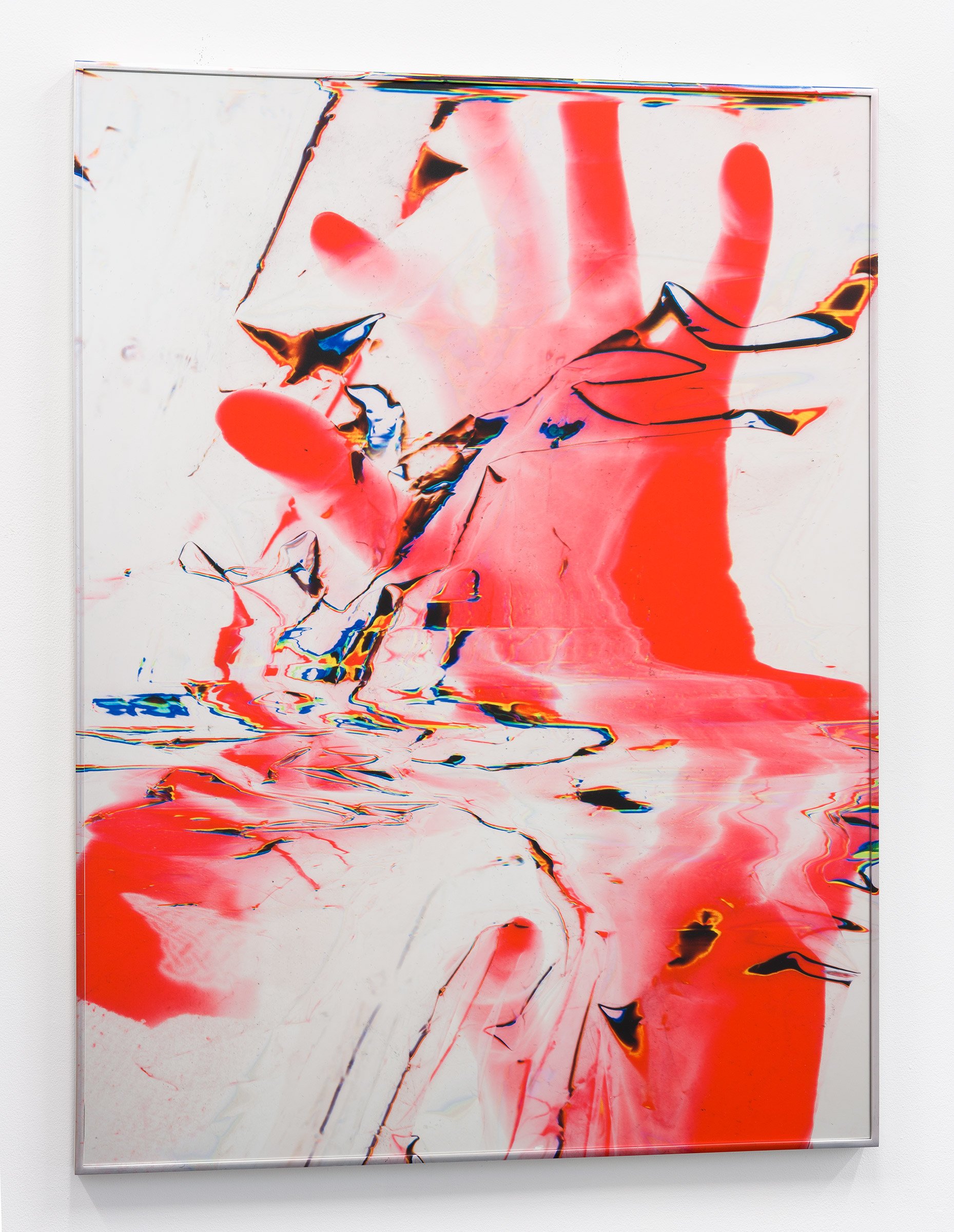
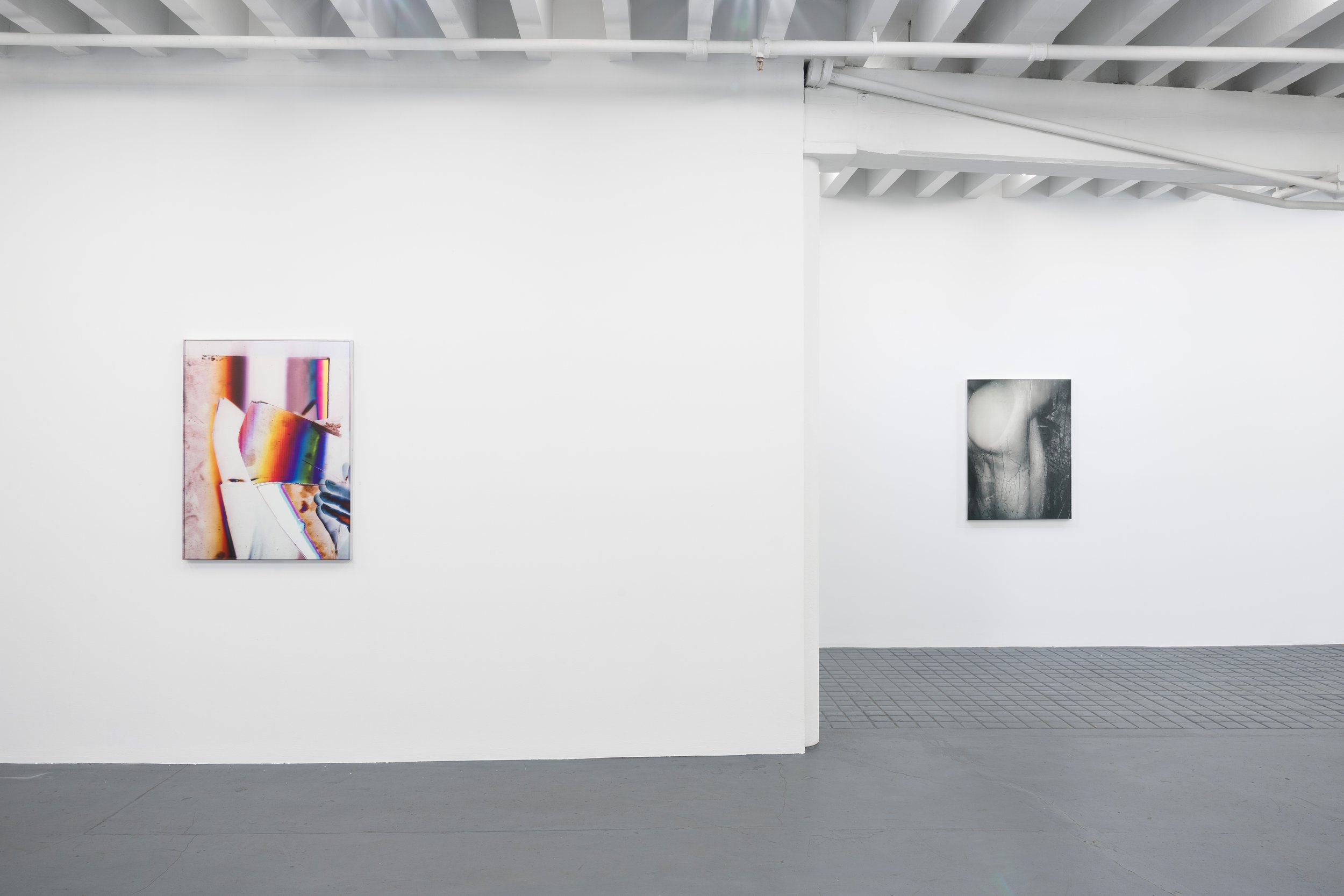
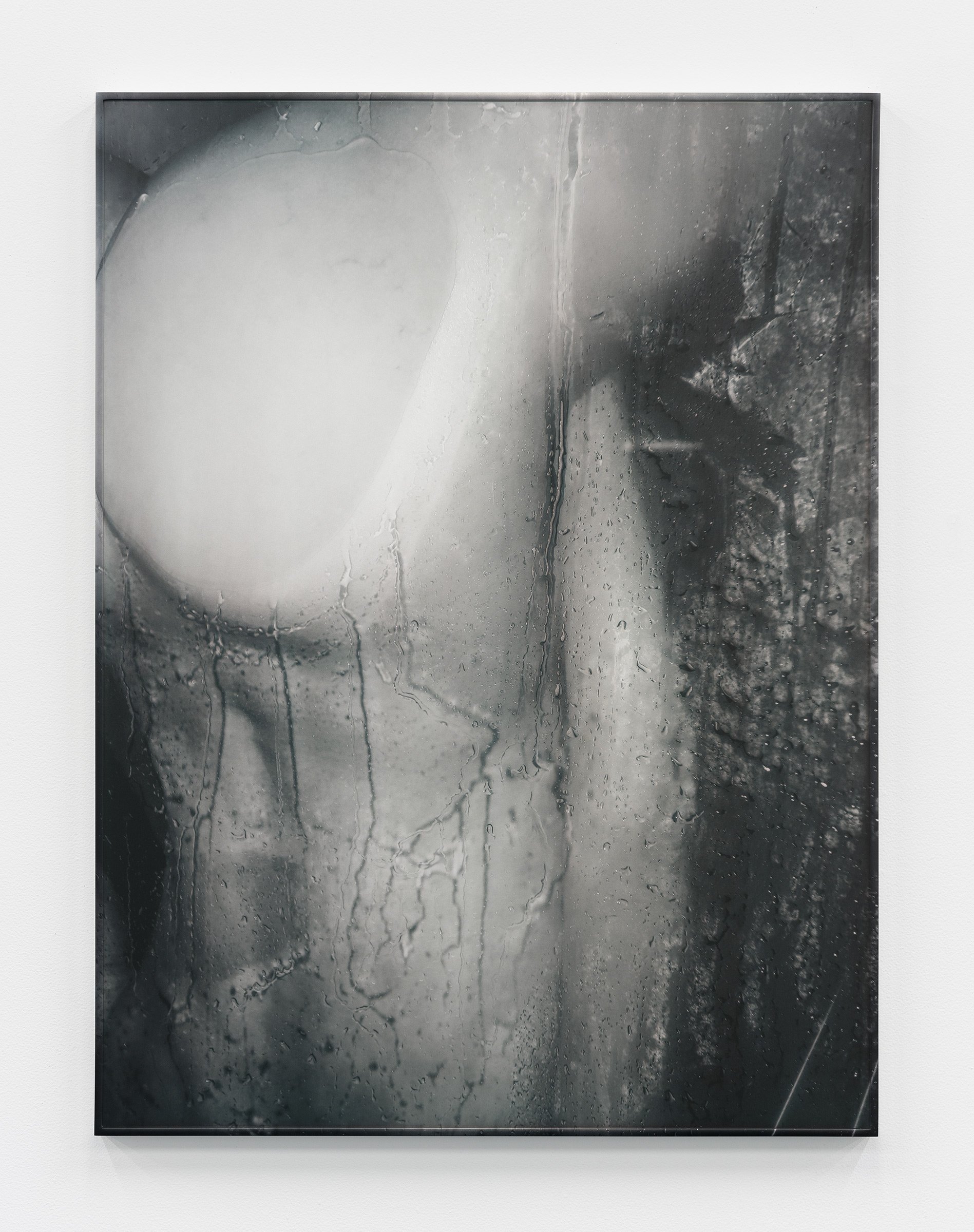
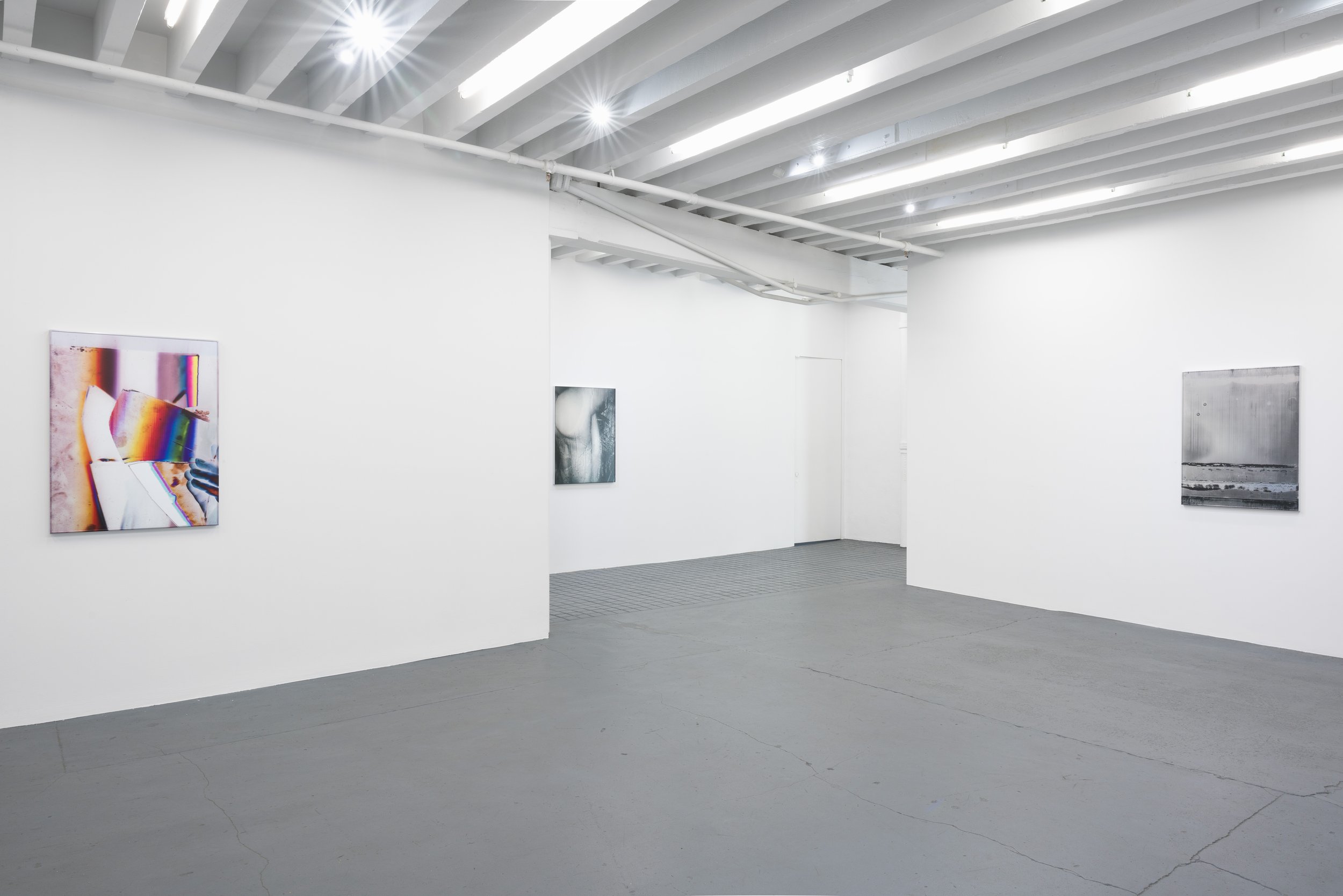
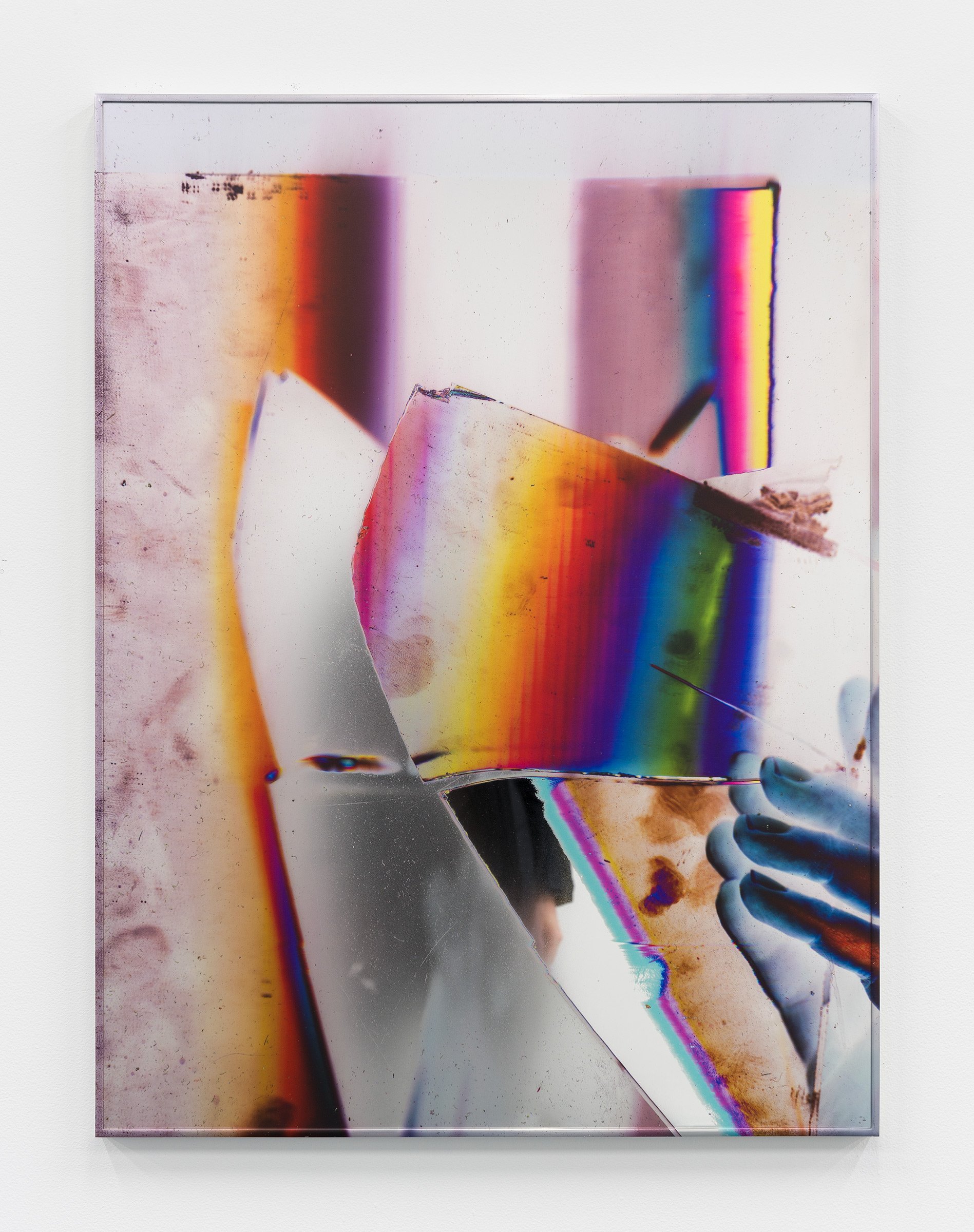


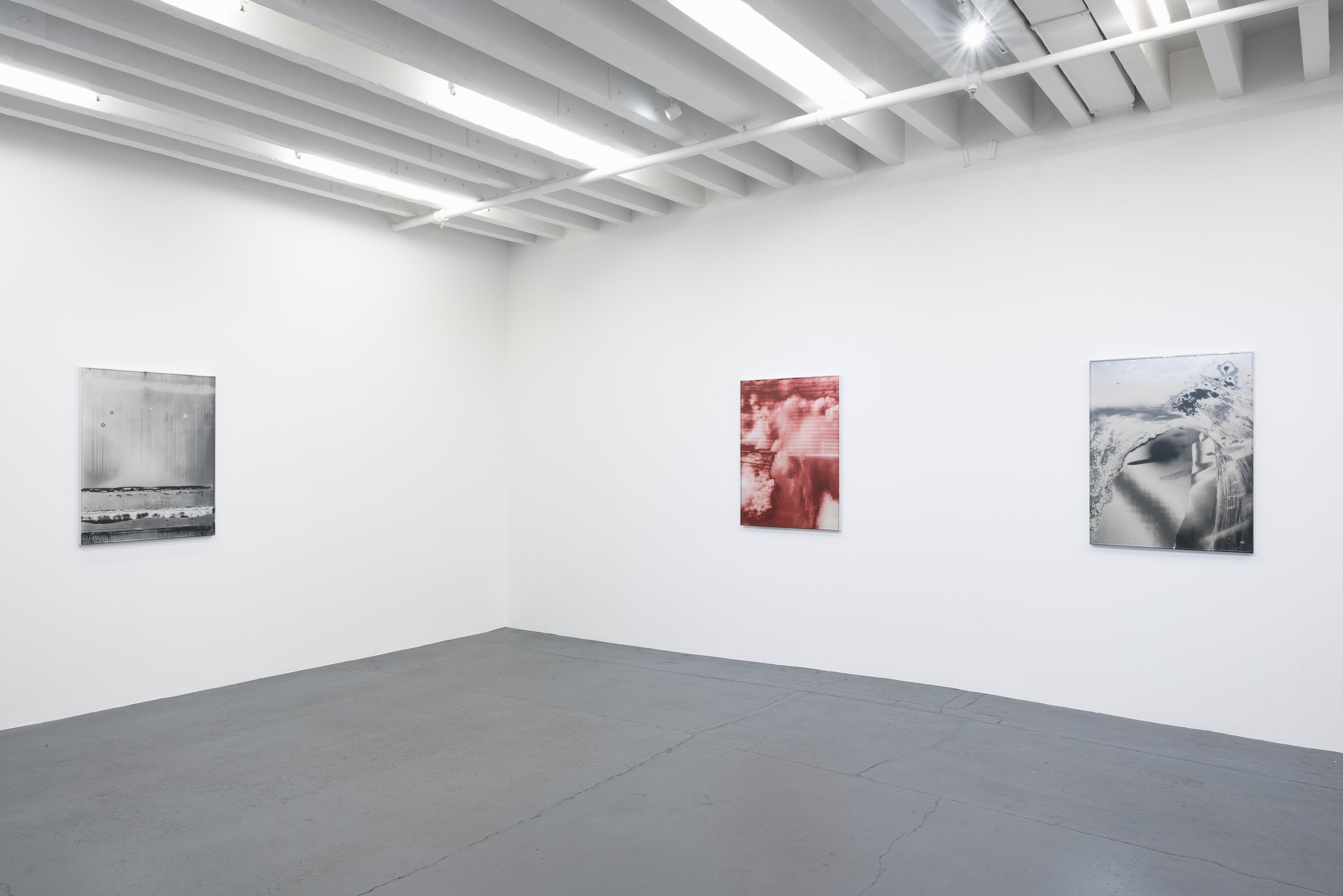
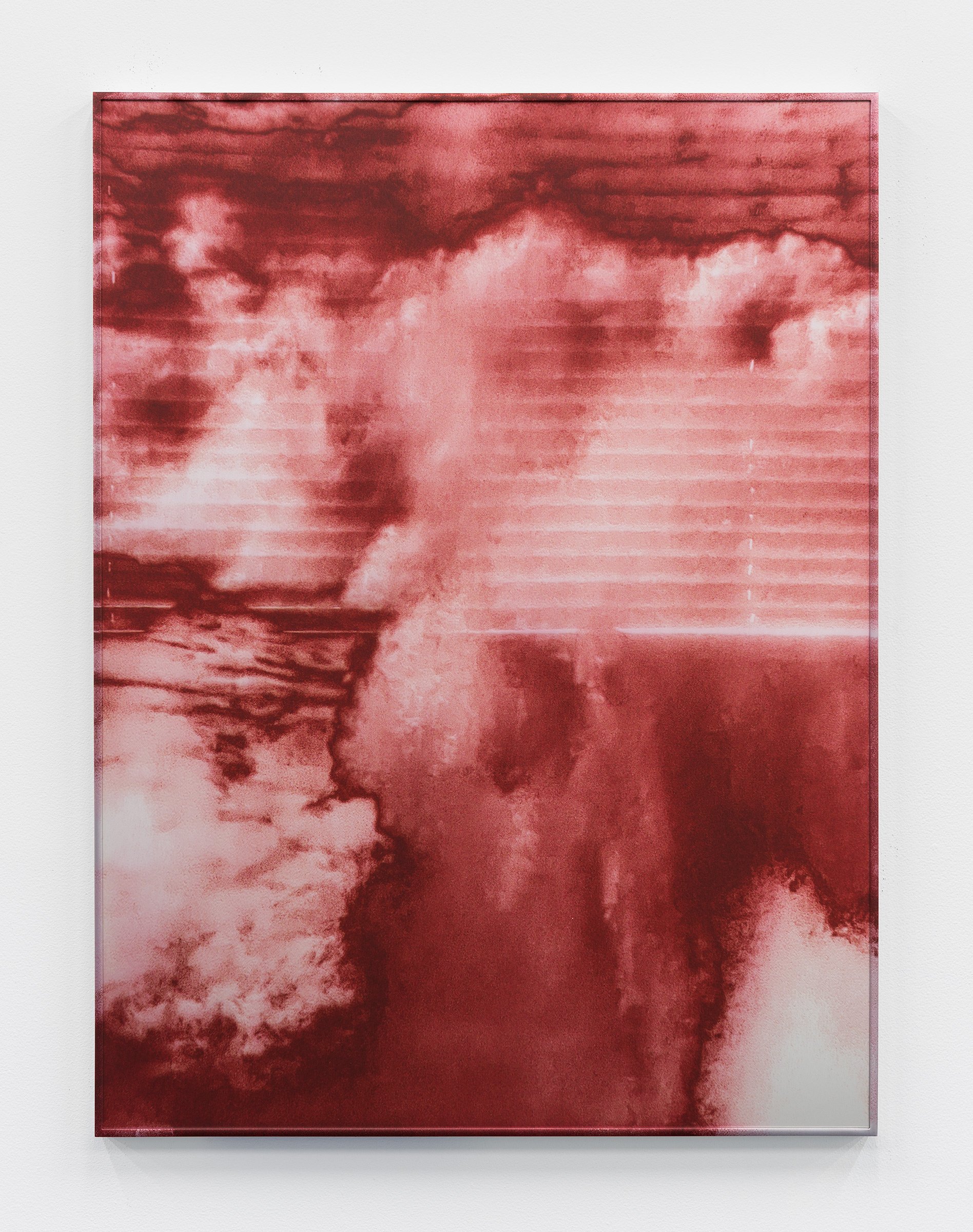

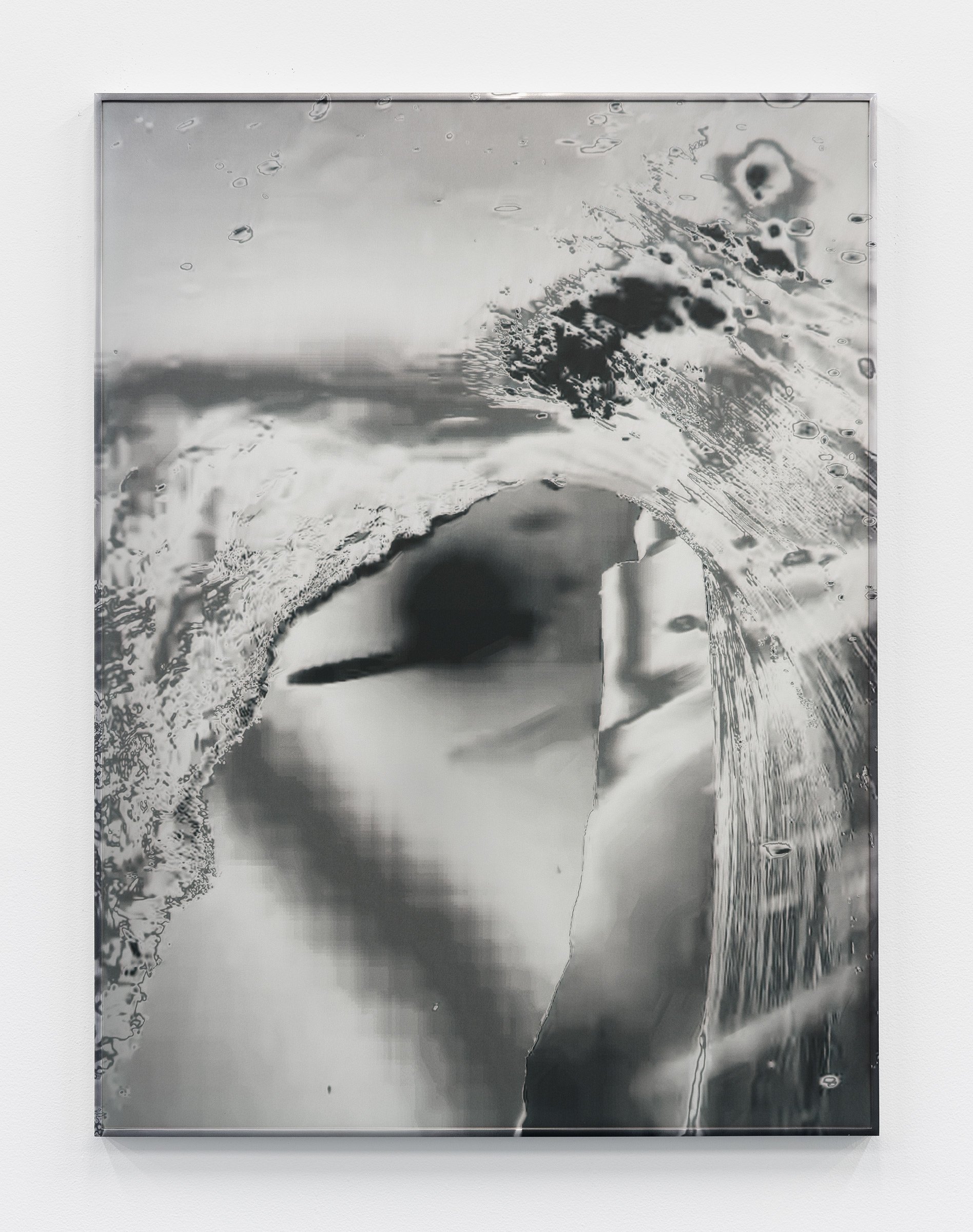
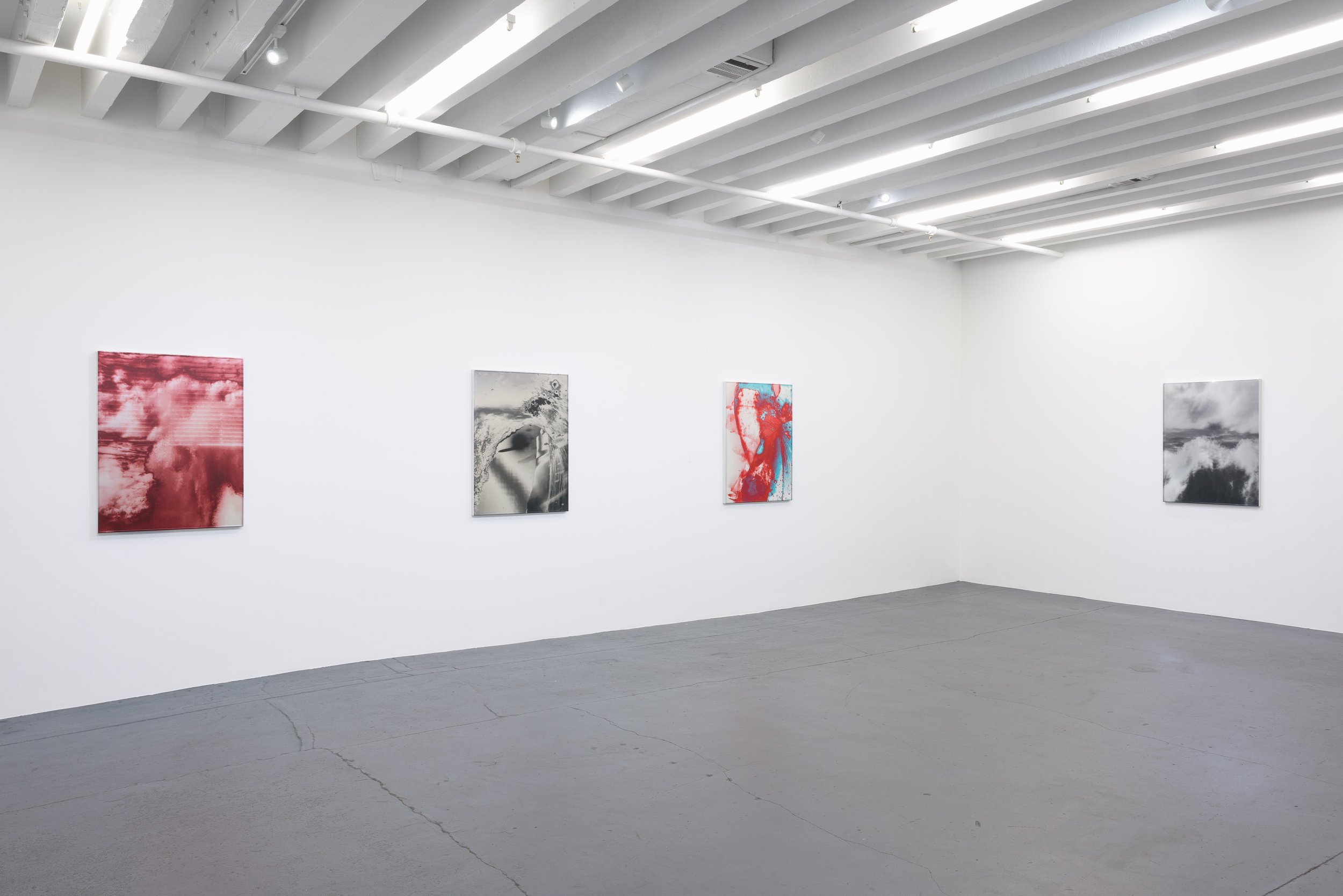
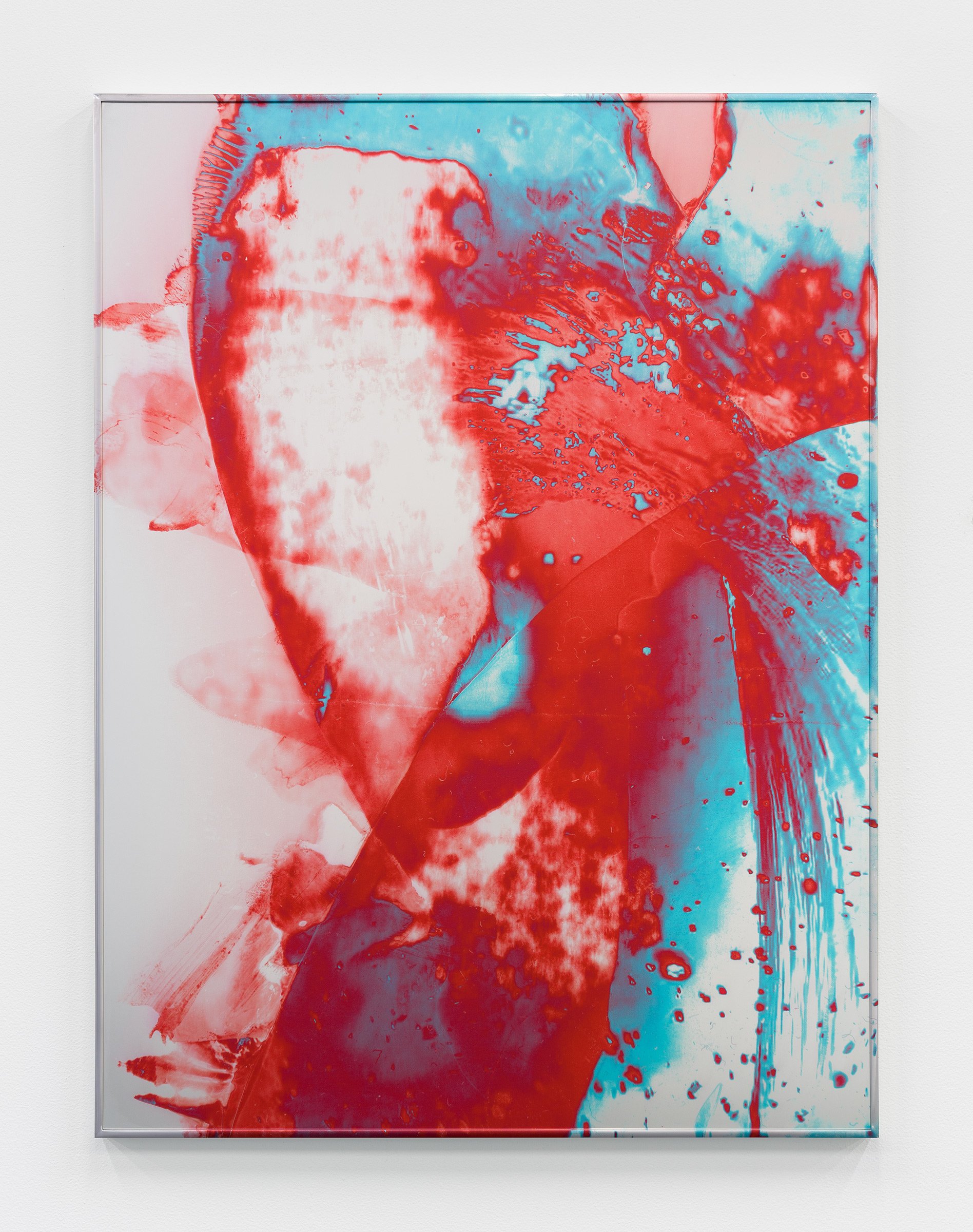
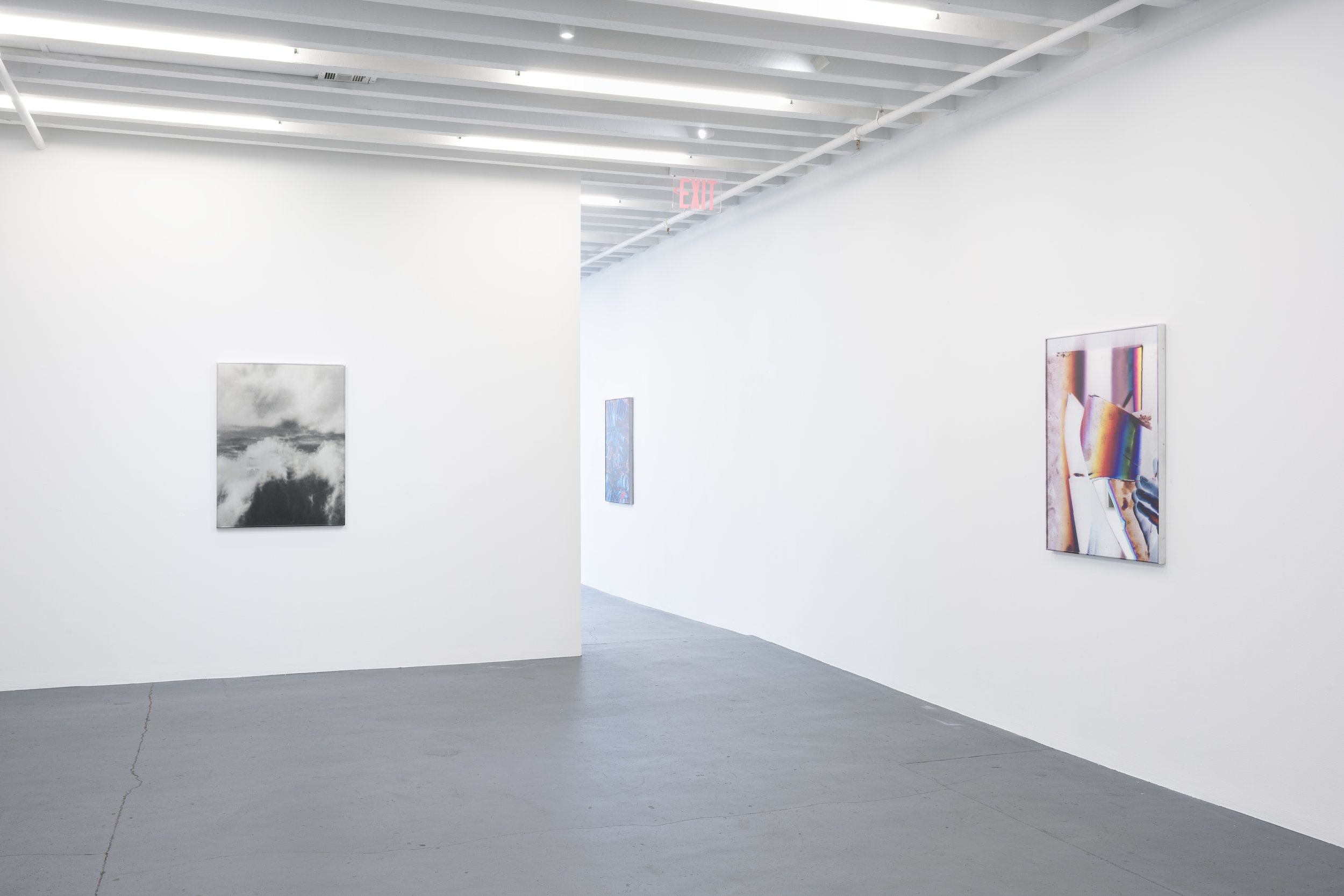
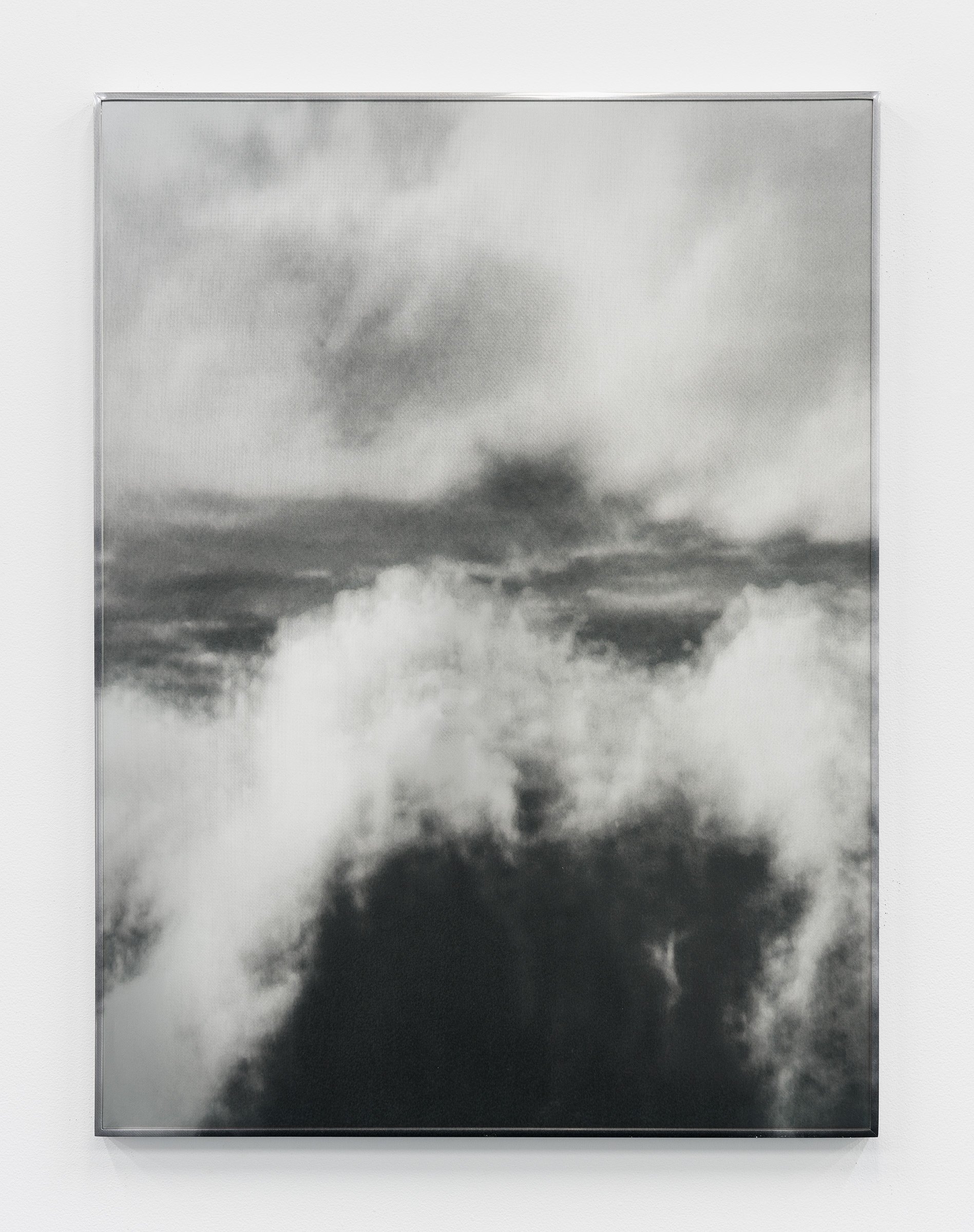


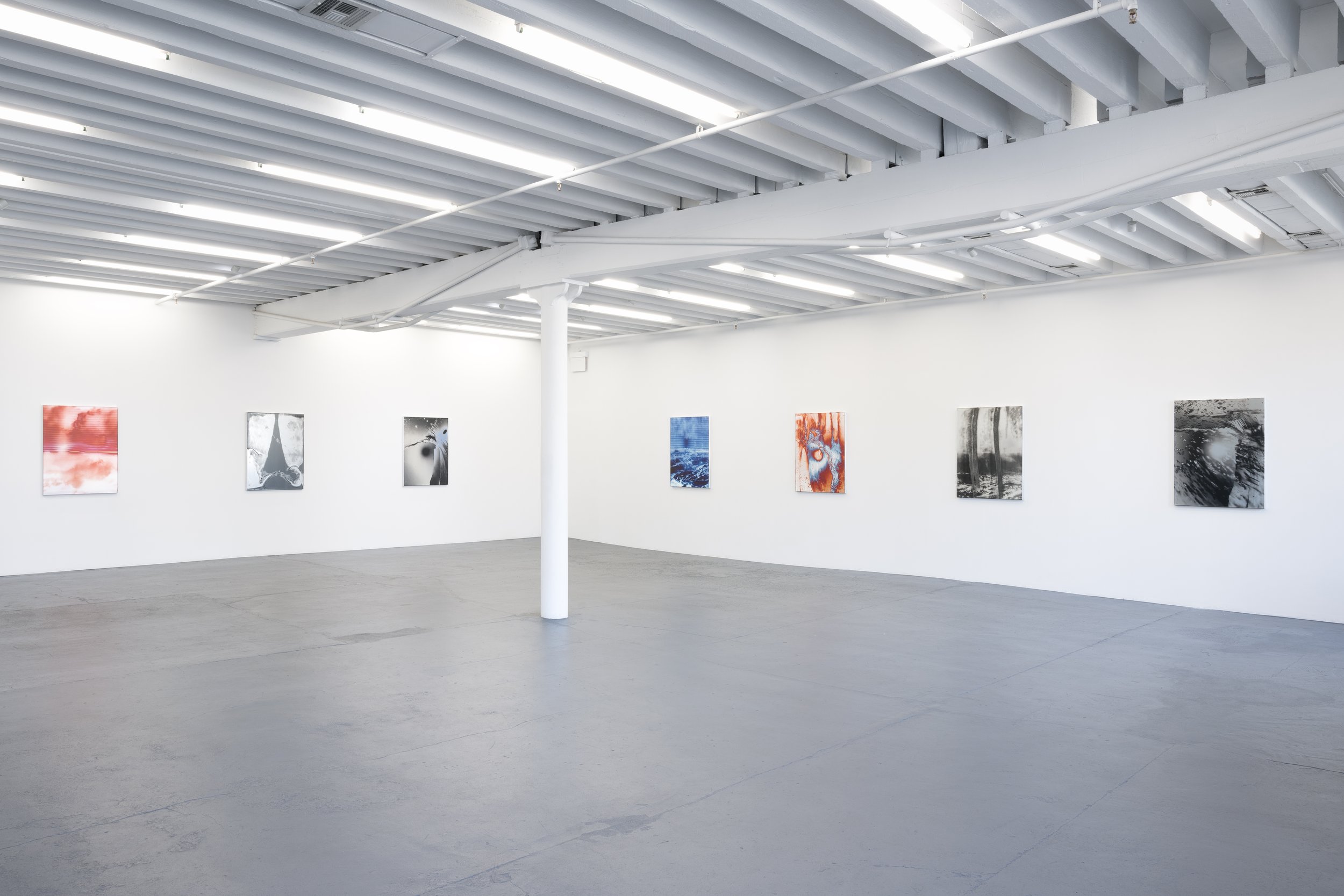
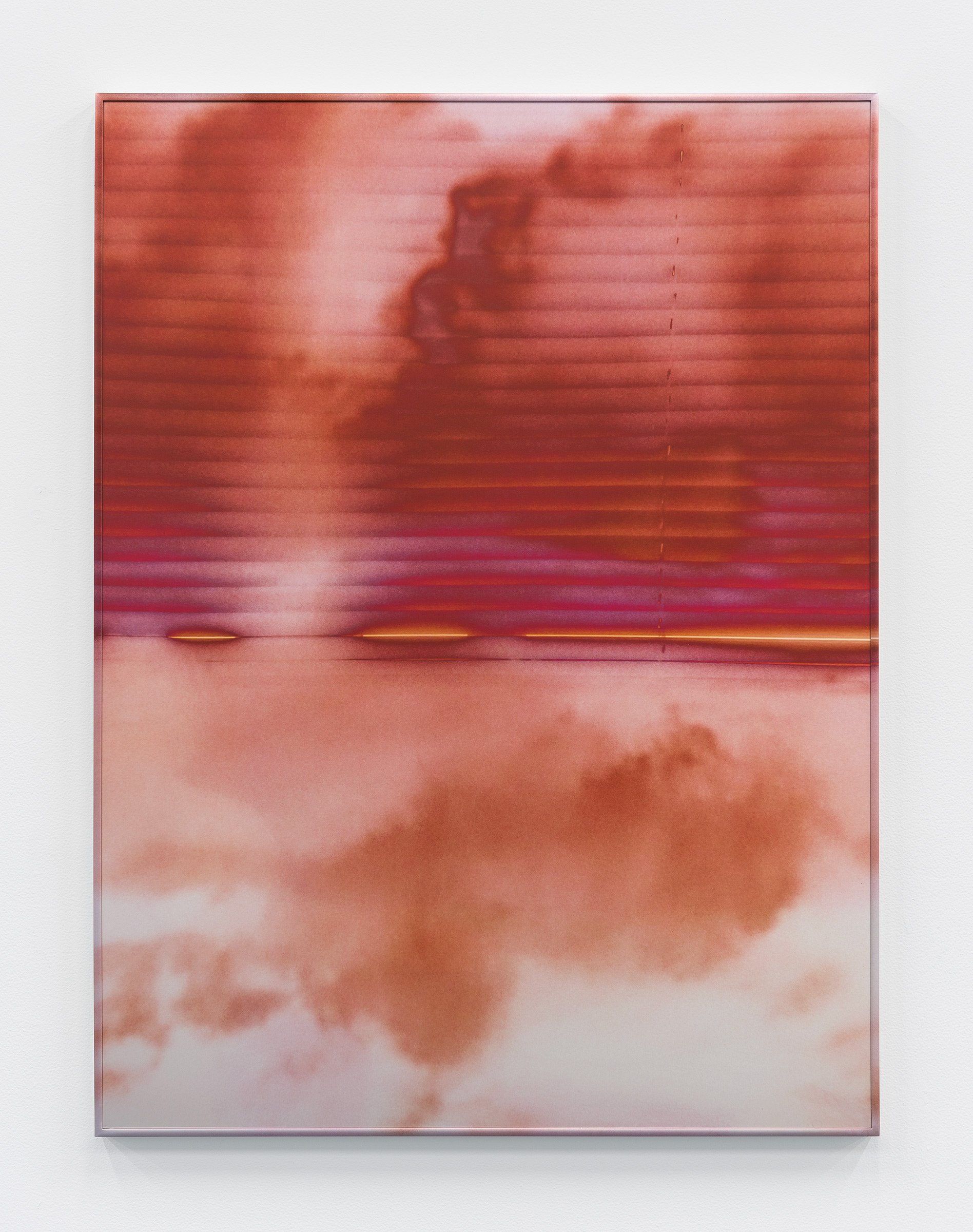
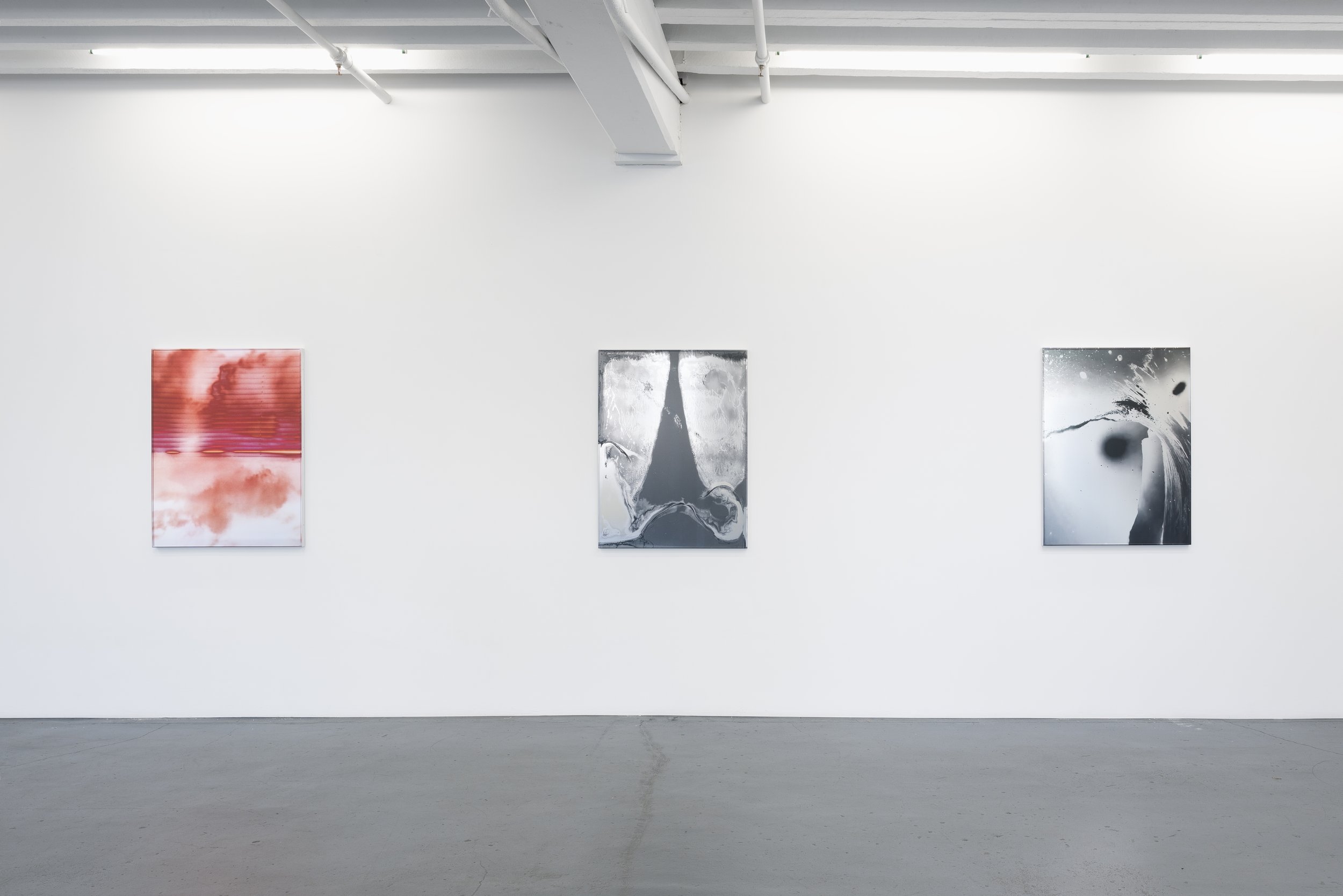
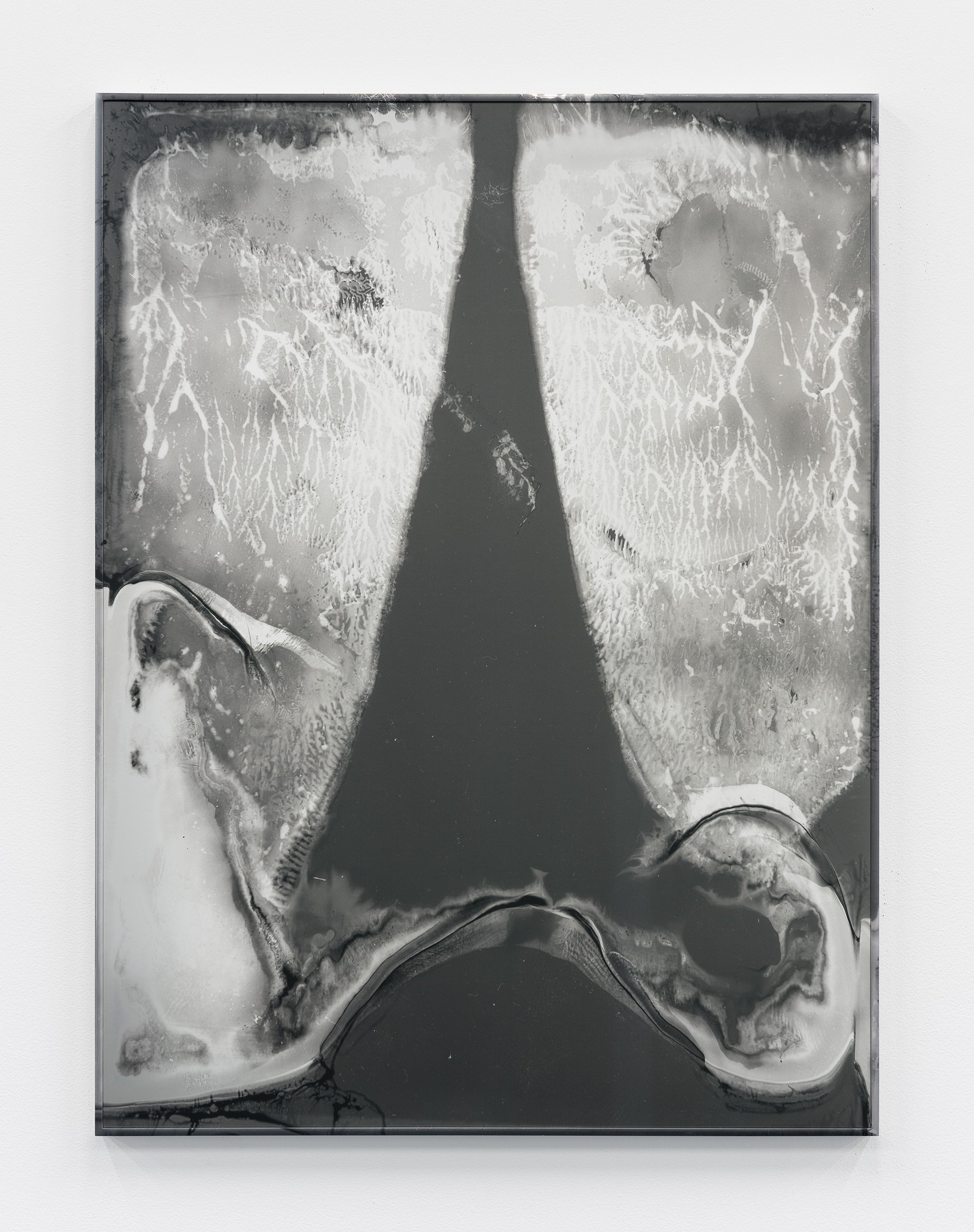
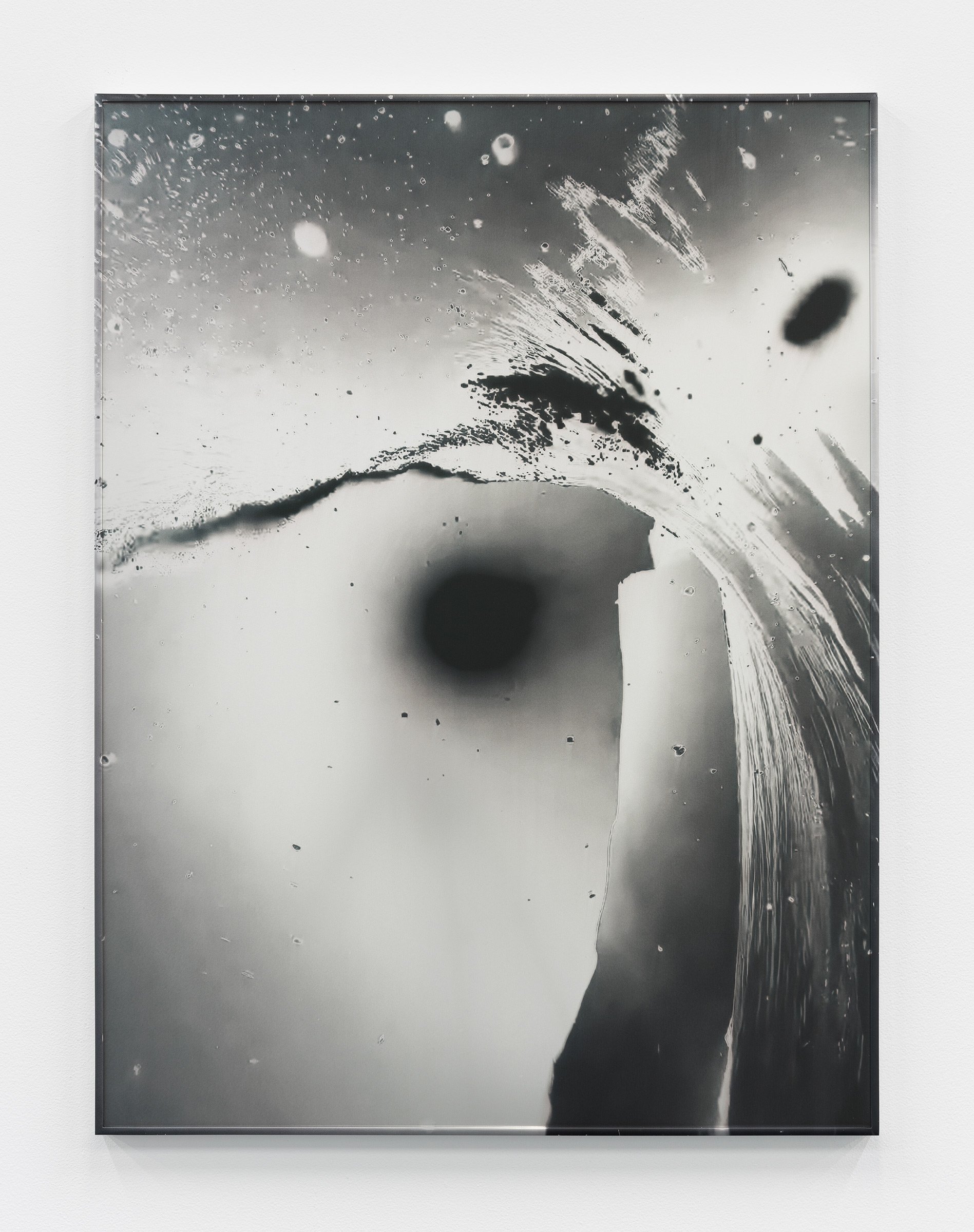
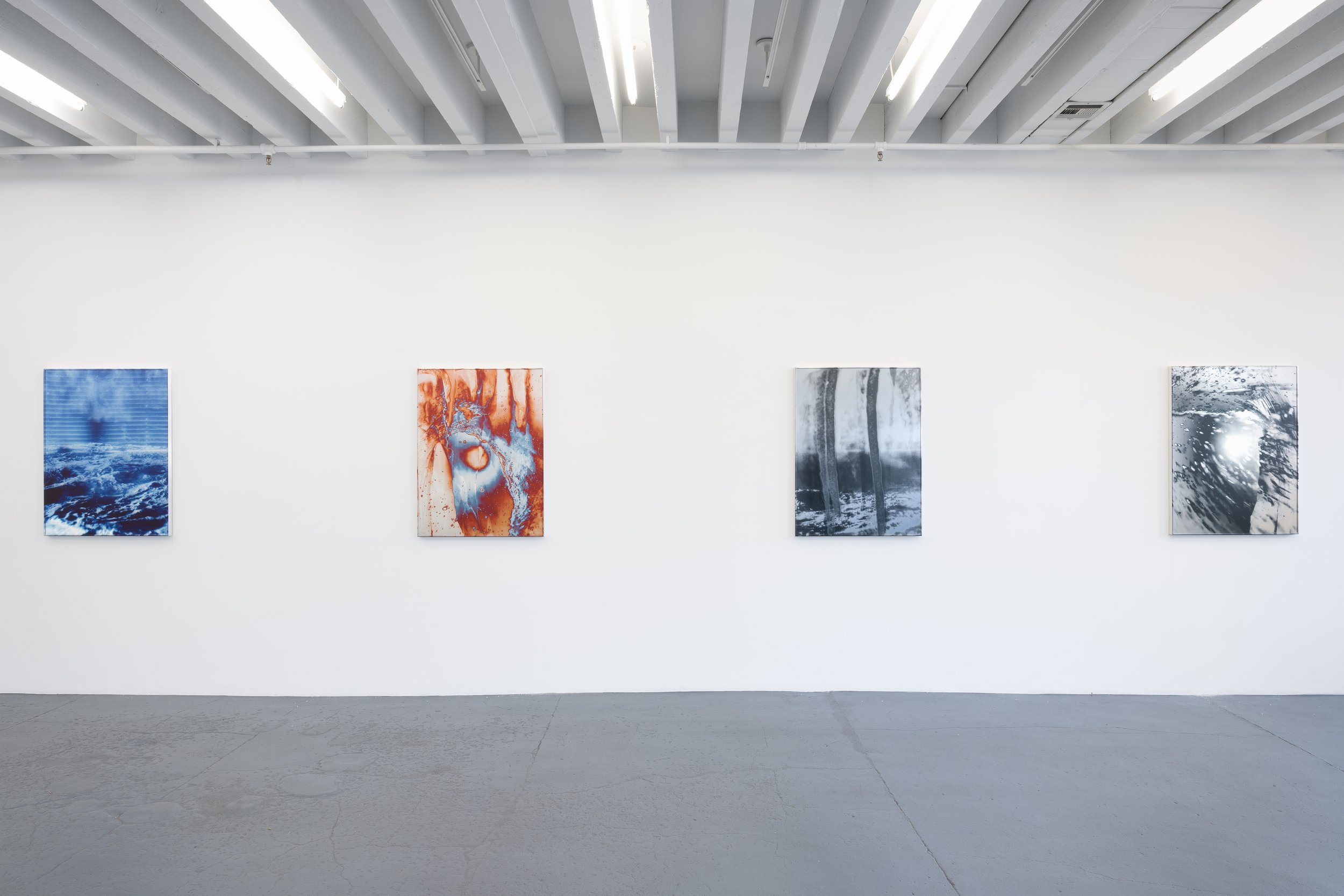
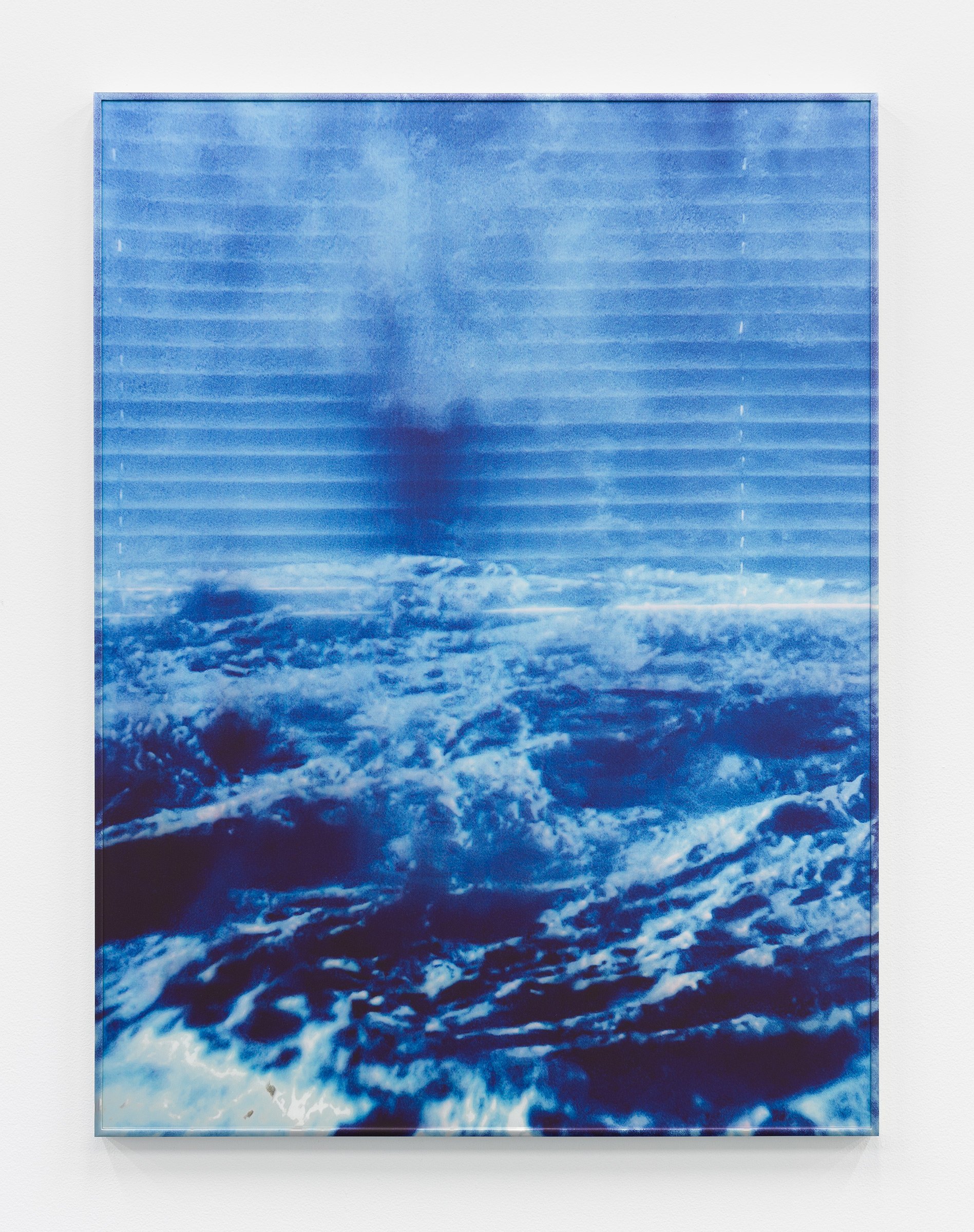
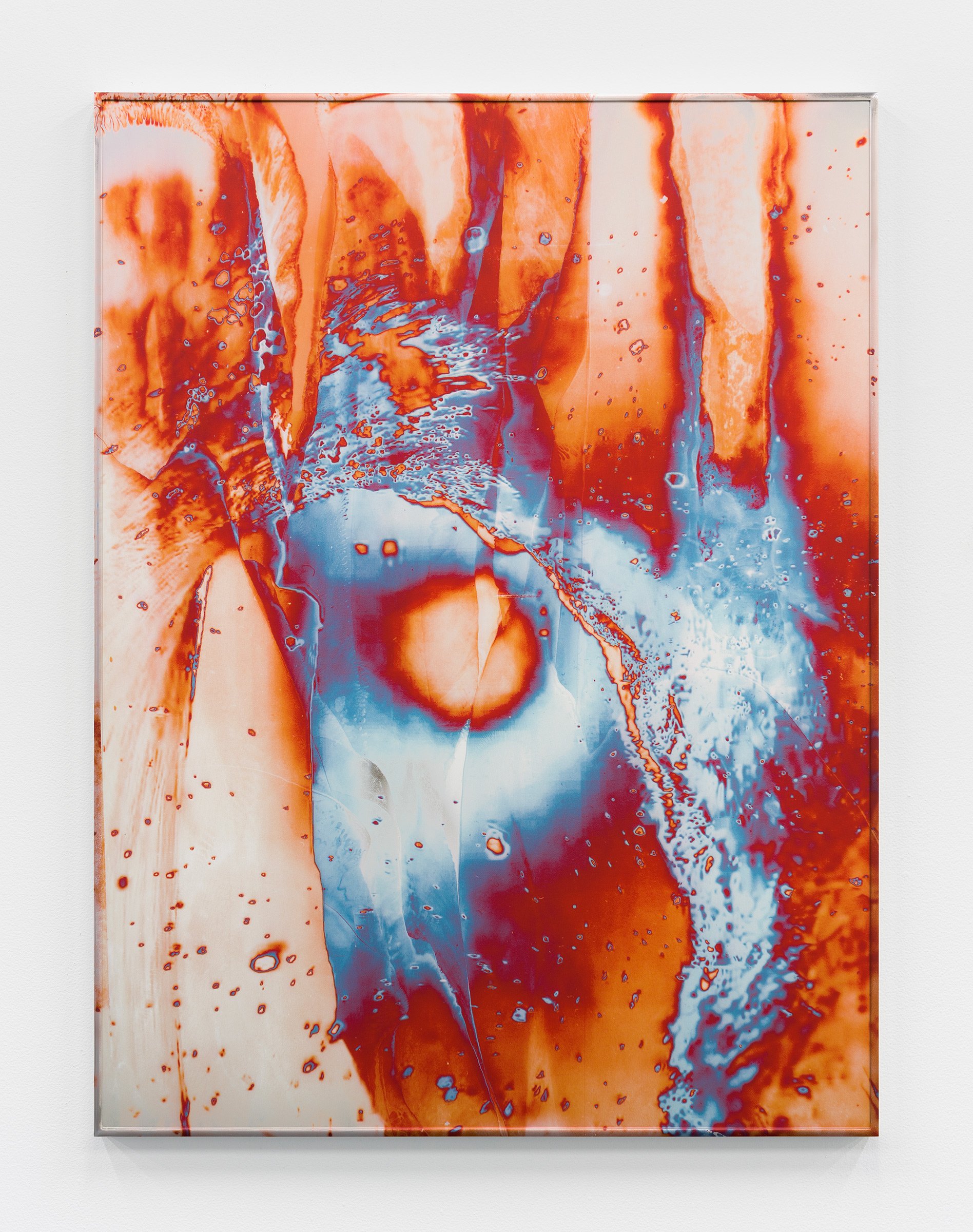
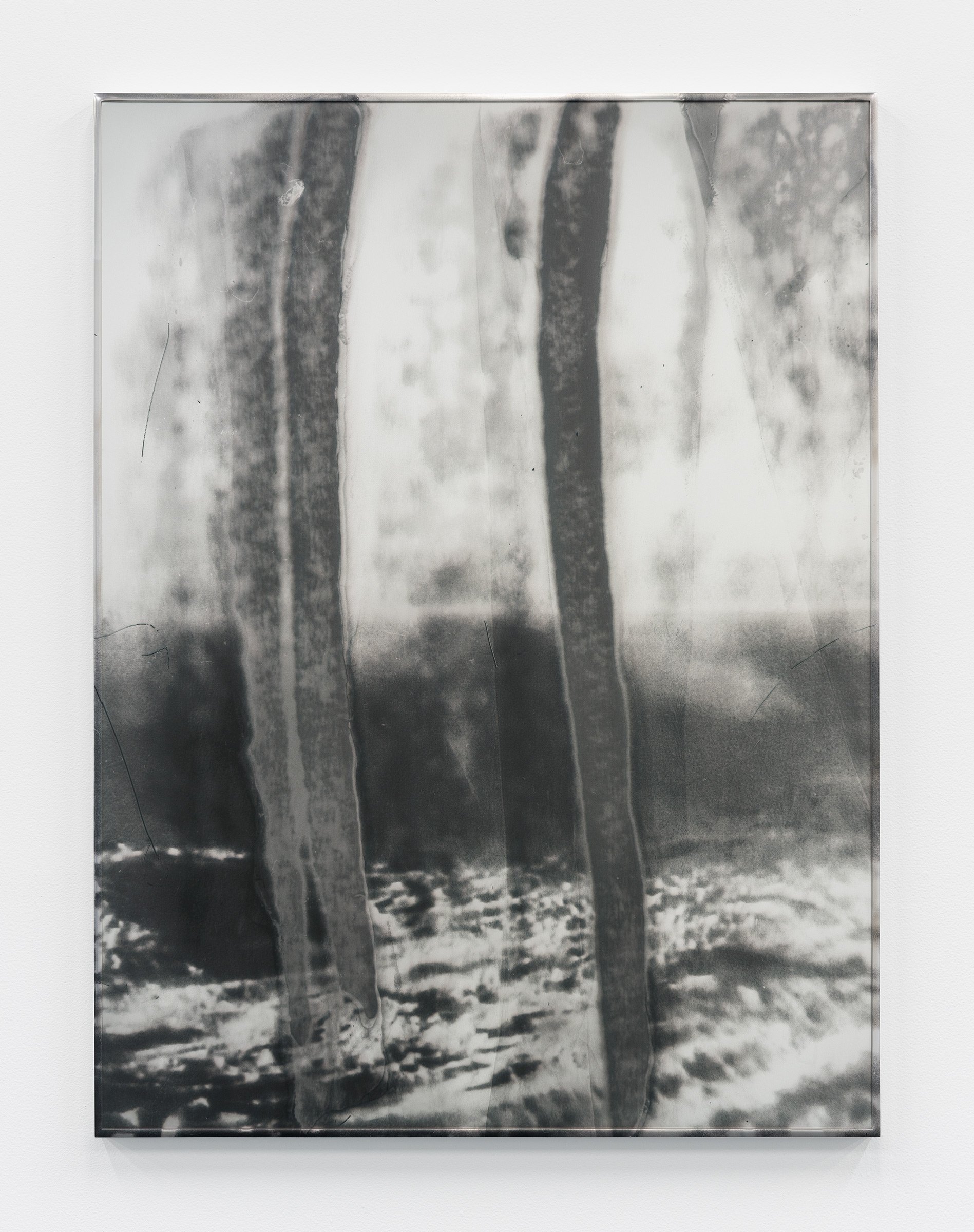
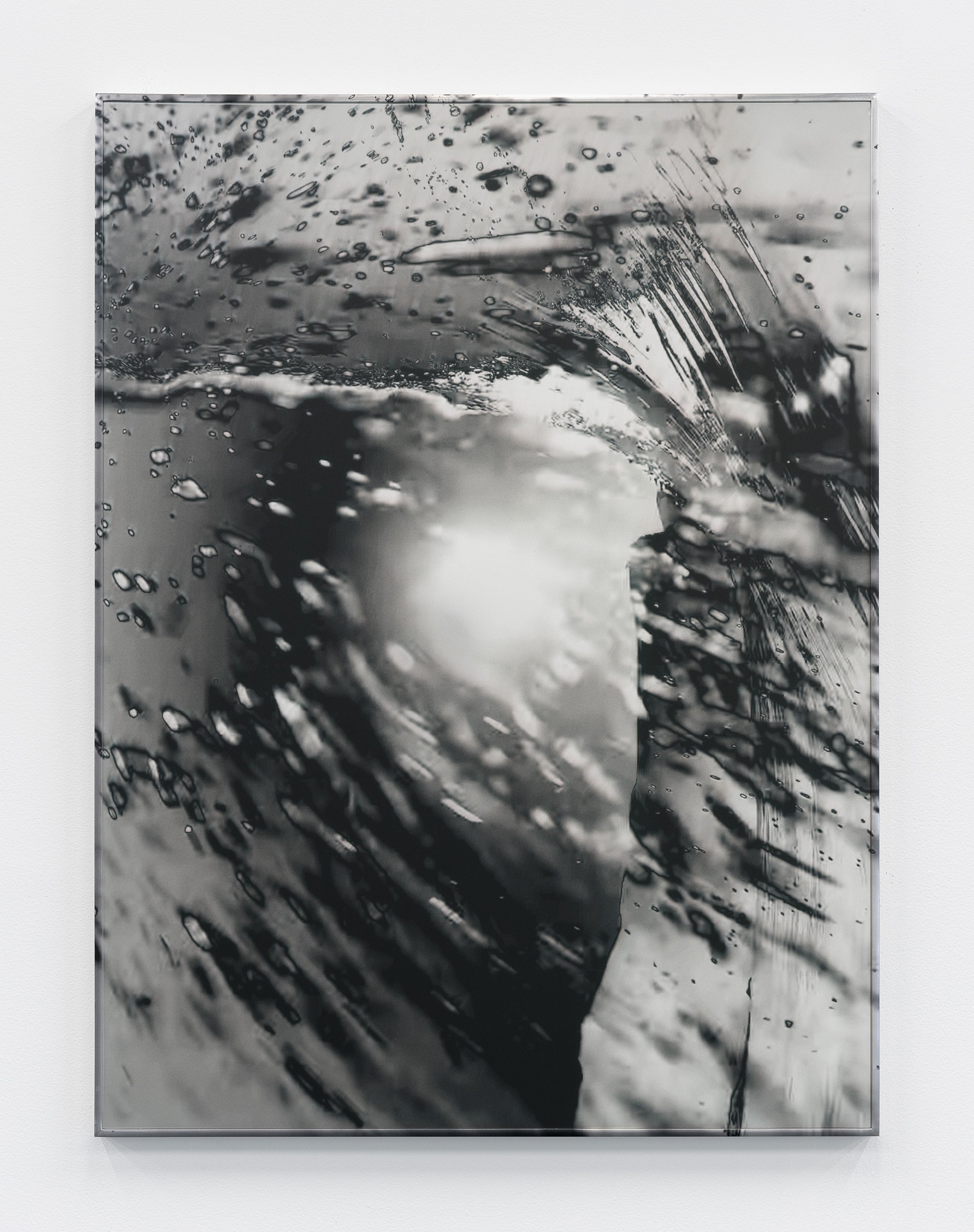
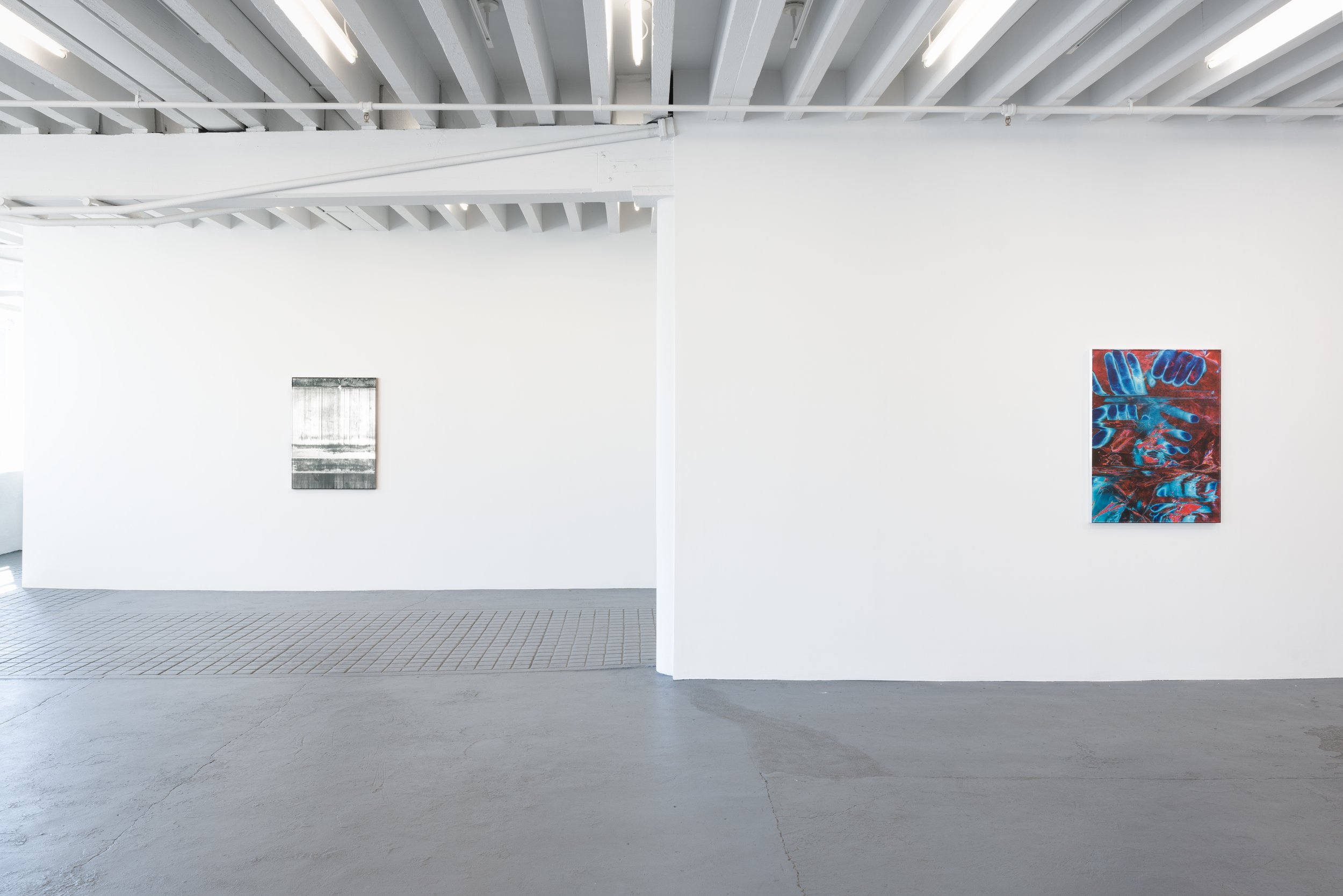
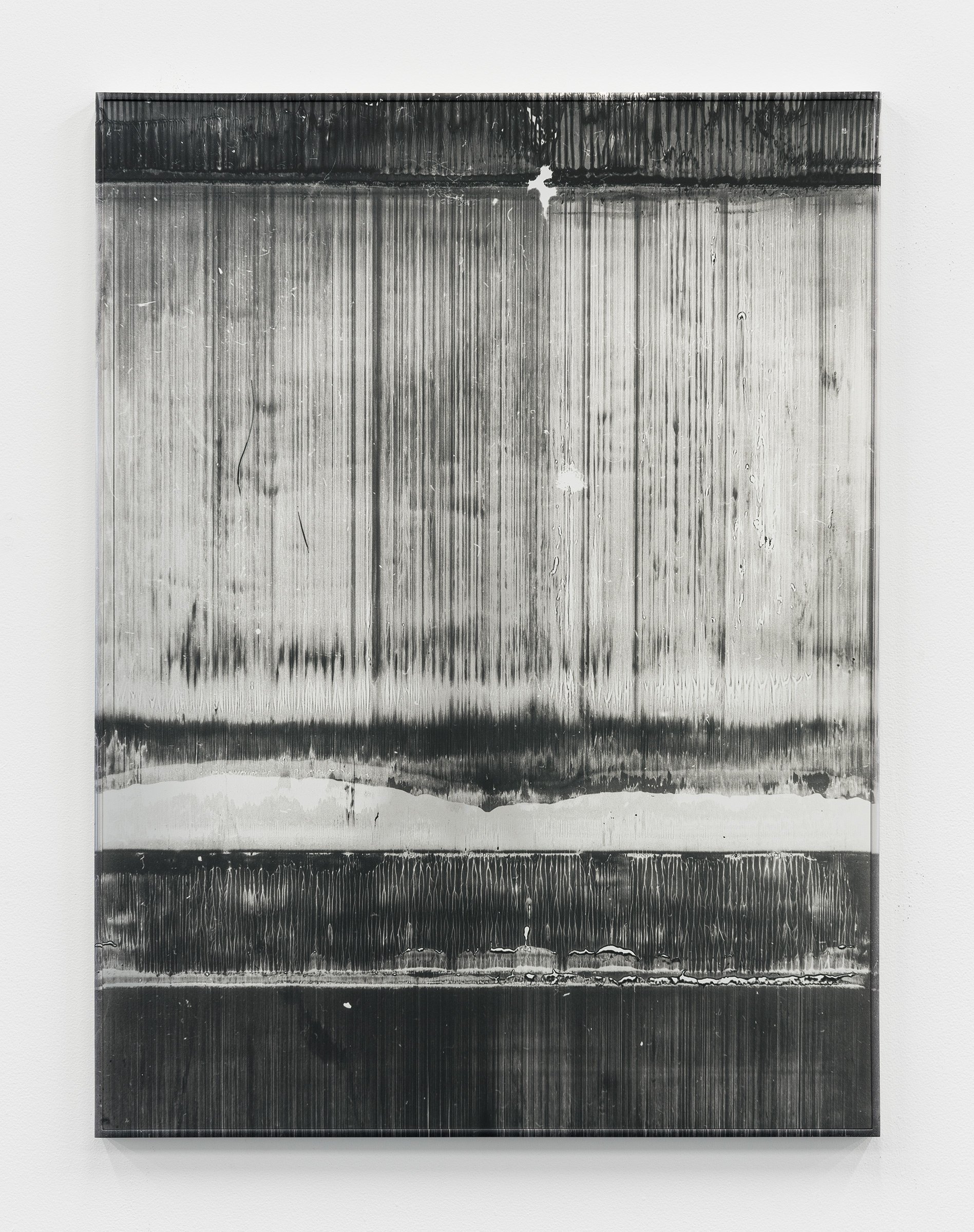
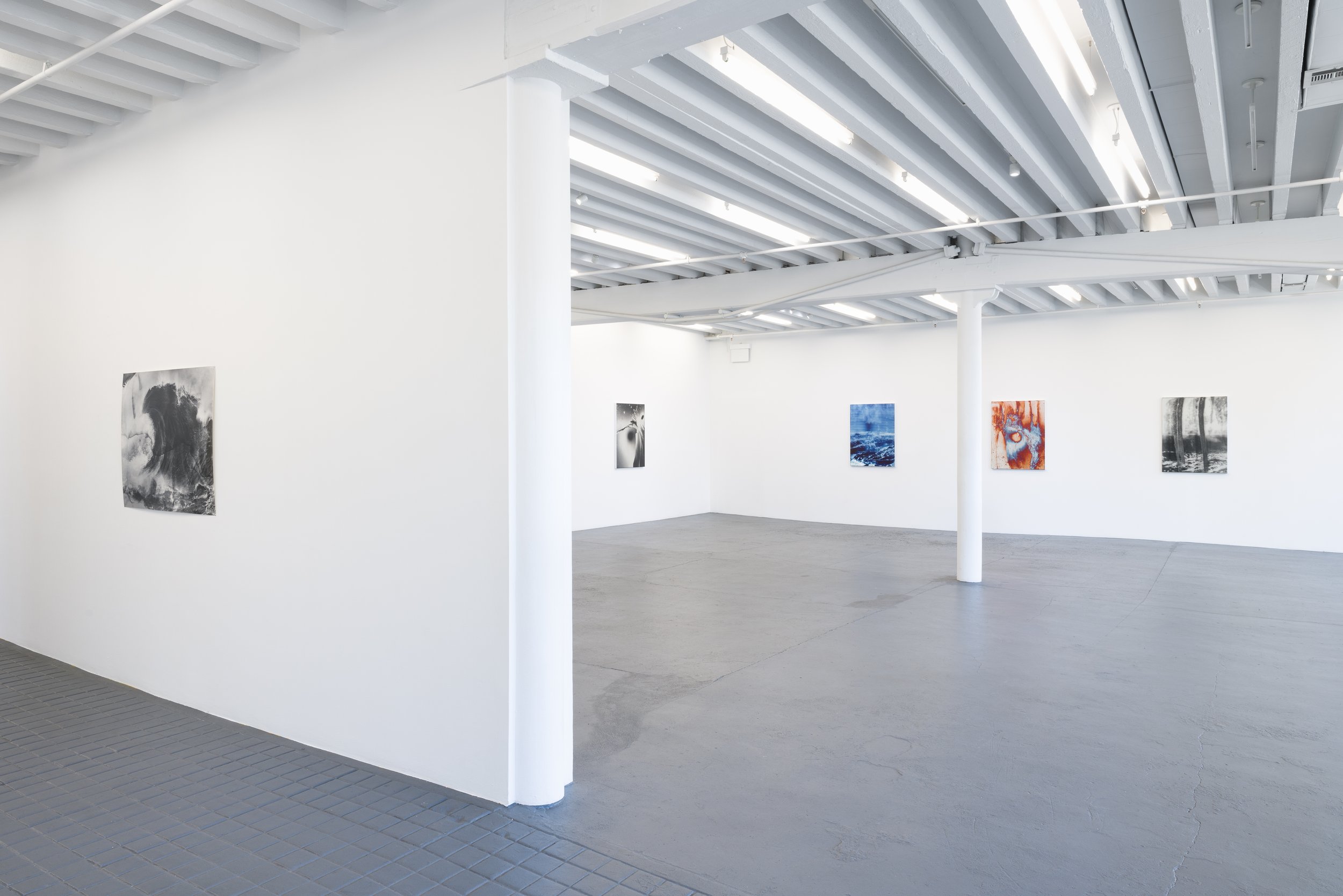
Miguel Abreu Gallery is pleased to announce the opening, on Wednesday, March 15th, of Eileen Quinlan’s The Waves, her seventh one-person exhibition at the gallery. The show will be held at our 88 Eldridge Street location.
Between the inflow of water along a shoreline and its recession out to sea, there is a sequence of moments—the wave—when water accumulates a cyclical motion that both turns in on itself while out, creating, if briefly, a vertiginous zone of suspense. It is a form of passage in which the ocean’s surface undergoes a process of undoing its own frame. The wave breaks and transforms. What’s witnessed in this magnificent, recurrent, quotidian event registers the influence of a whole spectrum of unperceived forces: the agitating touch of the wind’s path, geothermal fluctuations, subterranean stress and flex, the lunar pull. As such, the wave images what the eye can’t see. Across eighteen new photographic works, Eileen Quinlan invites the unfolding of an artwork much in the same way that a wave gathers, composes, and distributes the matter of an entire, ever-changing terrain.
The Waves expands three continuous series in Quinlan’s practice—her abstract, self-exposed works of decaying analog film; her nude self-portraits; and her multichromatic digital scanner works—while introducing new screen-reflected room interiors and dramatic seascapes. For this show, the photographs share a standard print size and consistent output process. Whereas, in previous exhibitions, the mirror served as a punctuating installation device, for The Waves Quinlan deploys it as a ground for UV-printed photographs. A hovering, spectral while immanent quality emerges as shifting light and shadow interplay beneath the print surface, discerning a transient and reflective space. Not only floating, the image also floods its frame: a sensual yet errant seepage erodes the artwork’s presumed confines. Diffusely marked, the viewer in motion is imprinted on the photographs through a cloudlike projection of shadows. The photographs adumbrate the body, intensifying and dulling perception in relation to vantage, submerging spectator within image. At the same time, the artist’s body as image conducer is more present than ever, submitted to a range of transformations, inverting and solarizing flesh. This proximity to the artist’s body disclosed, made vulnerable, in an array of unsettled conditions subtly indexes the personal and emotive.
Quinlan’s practice has always centered the intimacy of contact between human body and photographic procedures’ reactive compounds—be it the doubled (mirrored) lens of the pressed-against glass wall in her nudes or her hand-manipulation of chemical developer—but The Waves proposes the photographic object as a mutable and ongoing site of encounter. The image becomes a conduit for an elemental transference between bodies. Oceanic and immersive, the photograph here becomes an environment, a conjured climate of change and transfiguration. What she achieves is not simply a collapse of modernist photography’s figurative bounds, the mirror and the window, but an ecstatic rendition: photography experienced as a confluence of bodies (human, environmental, and otherwise) in moments of shared drift.

